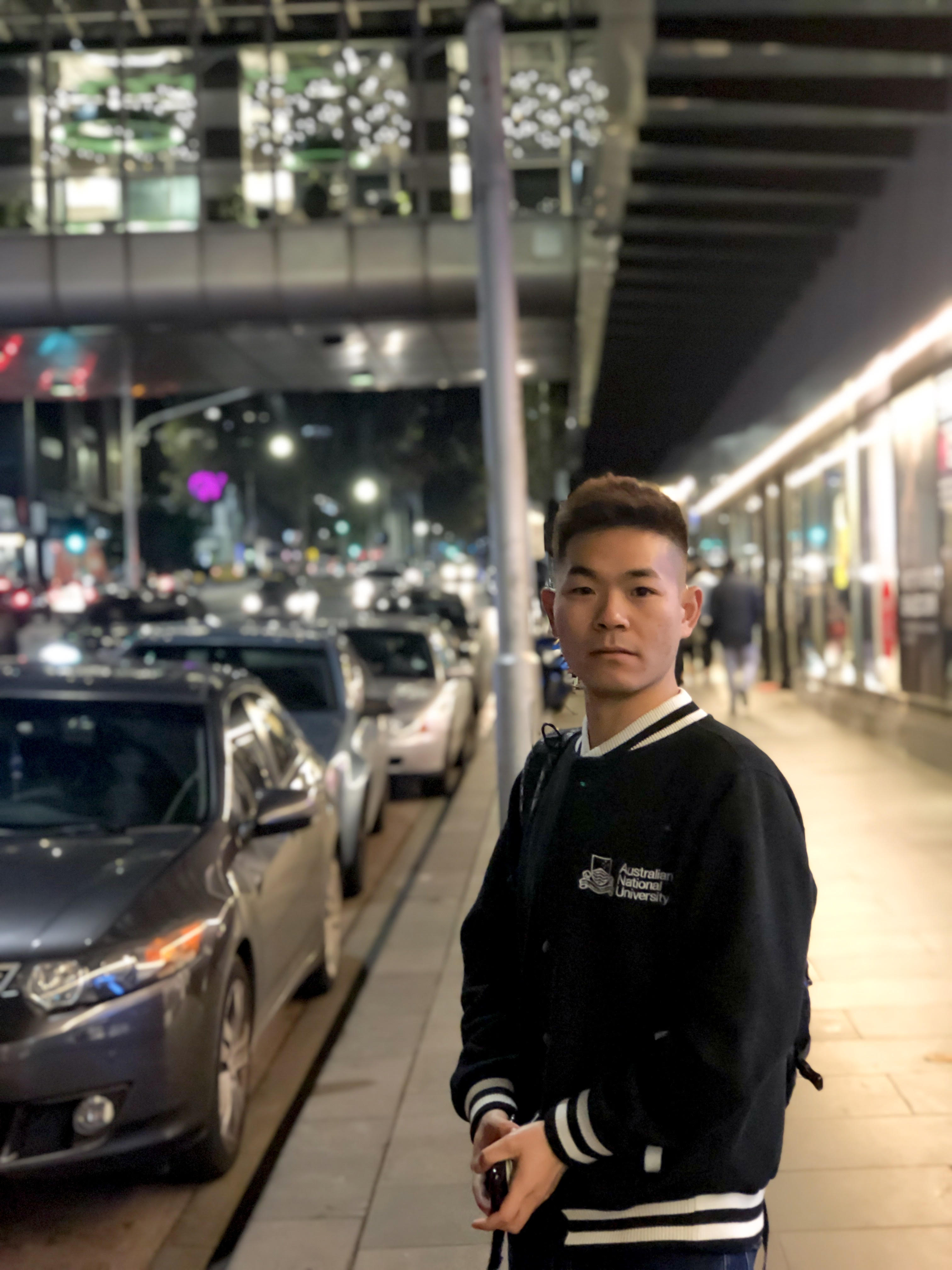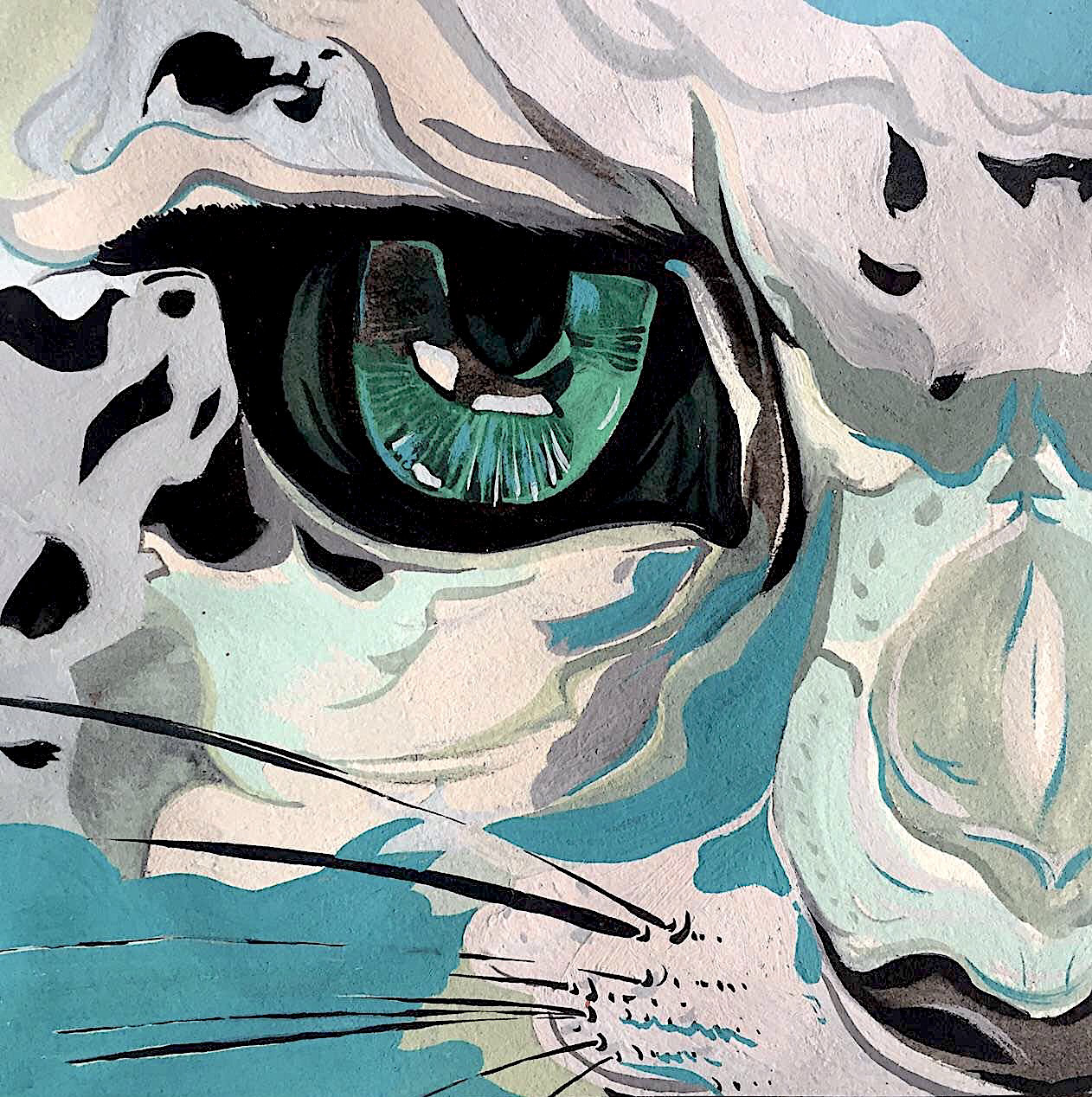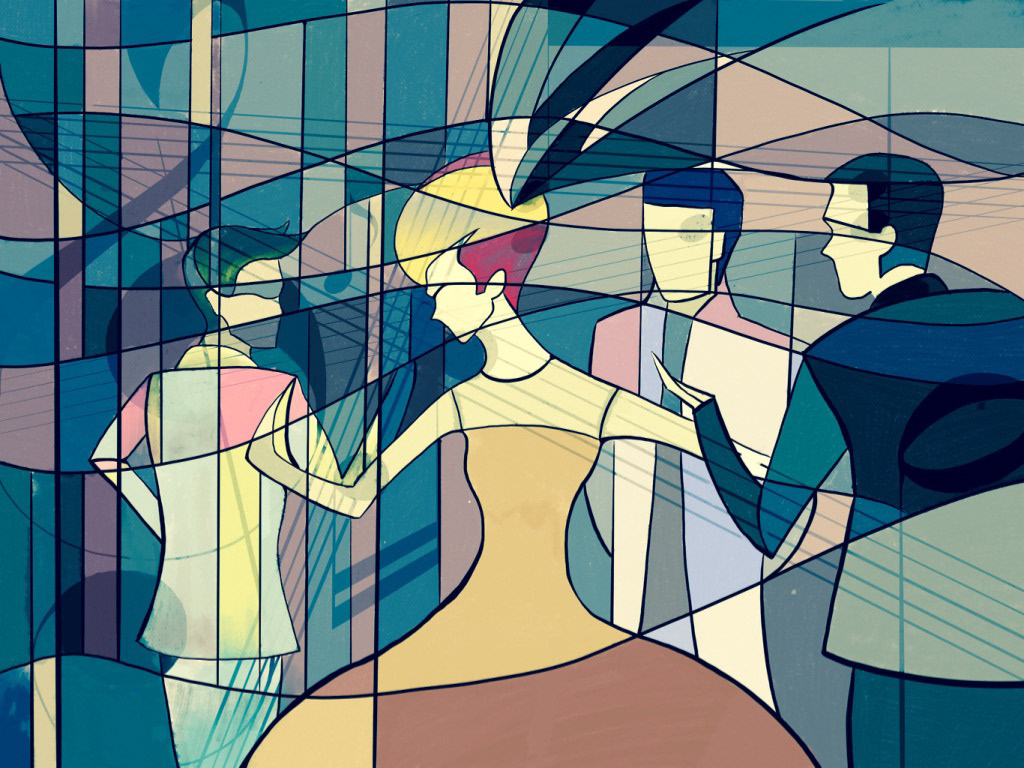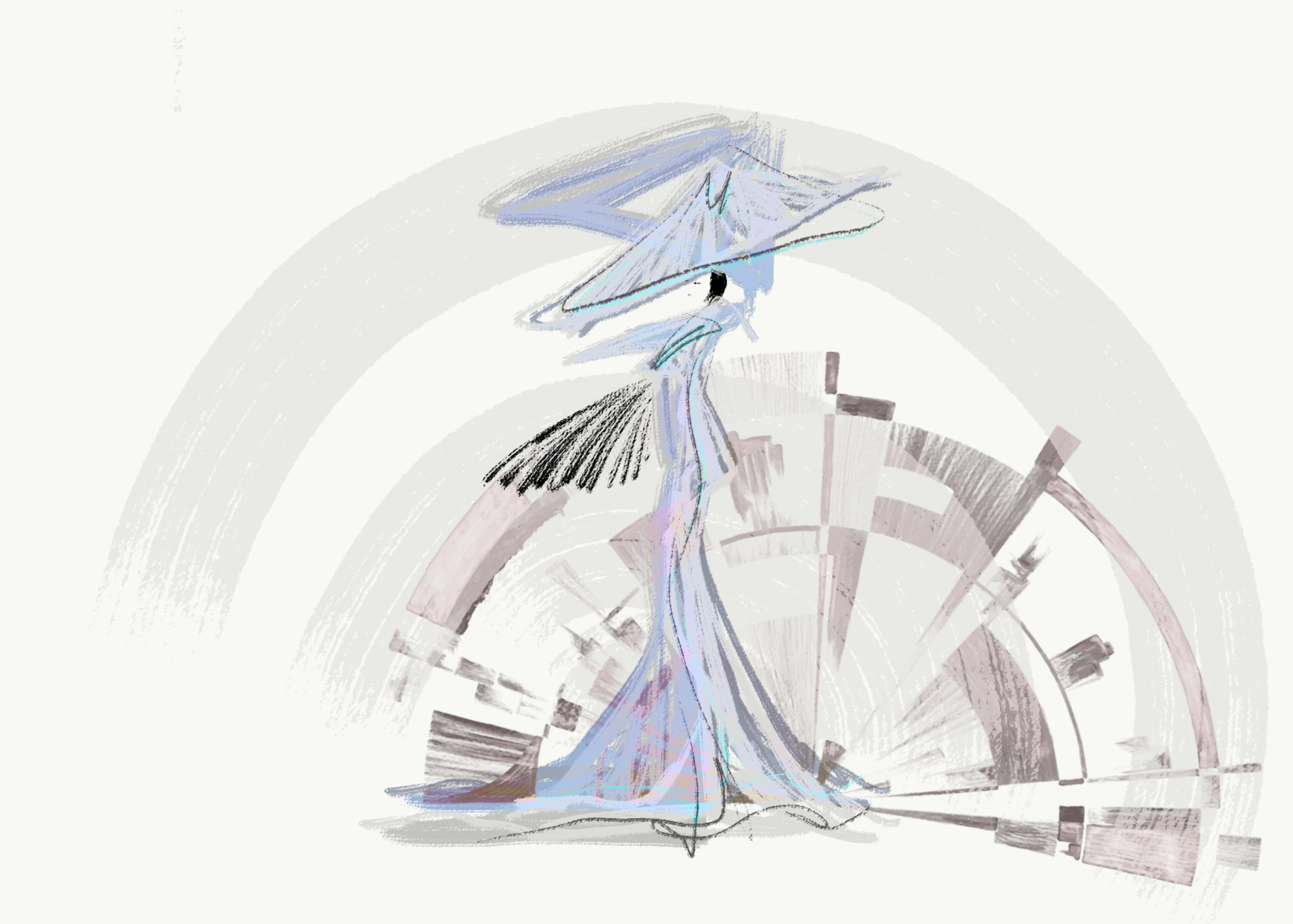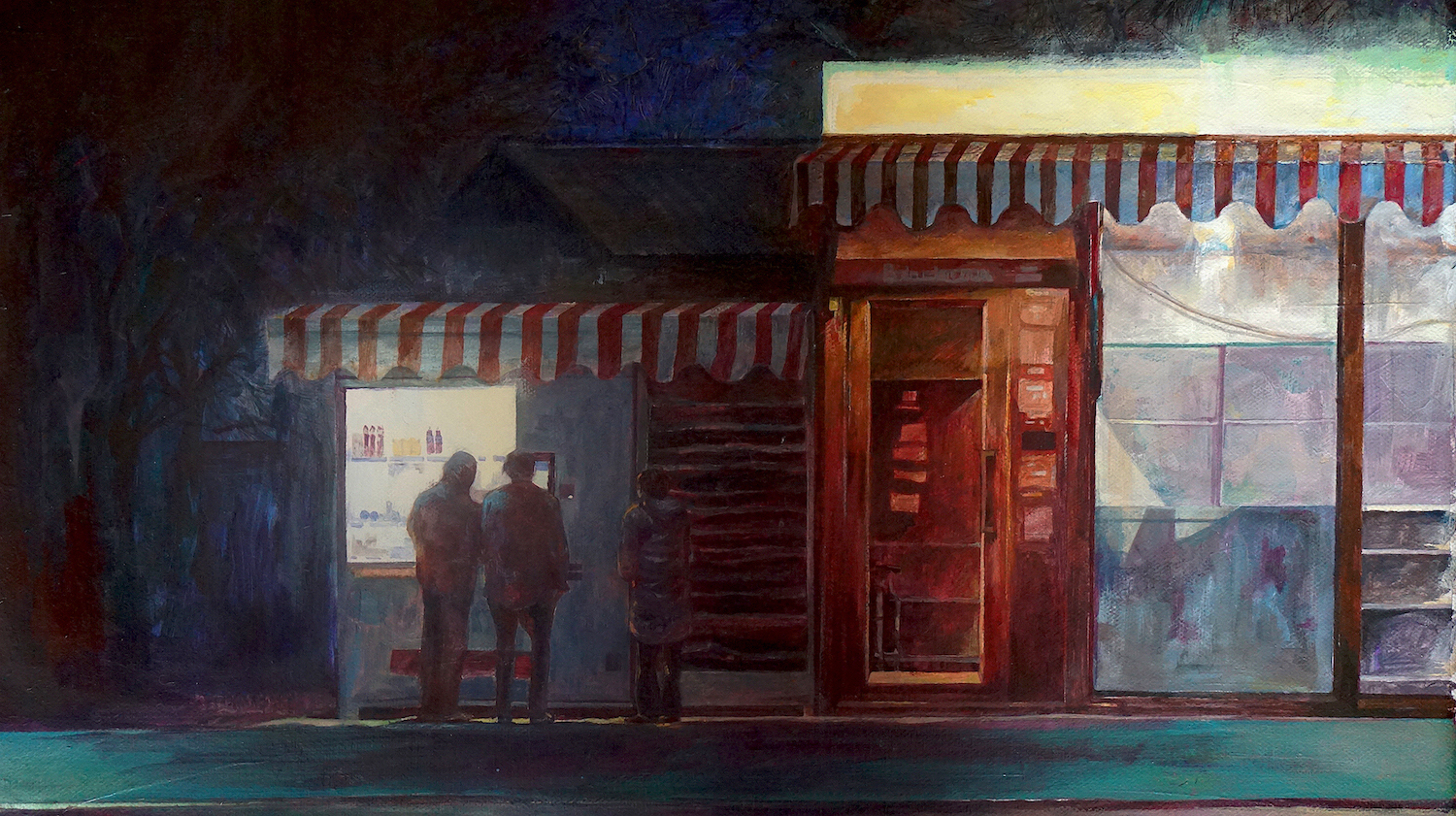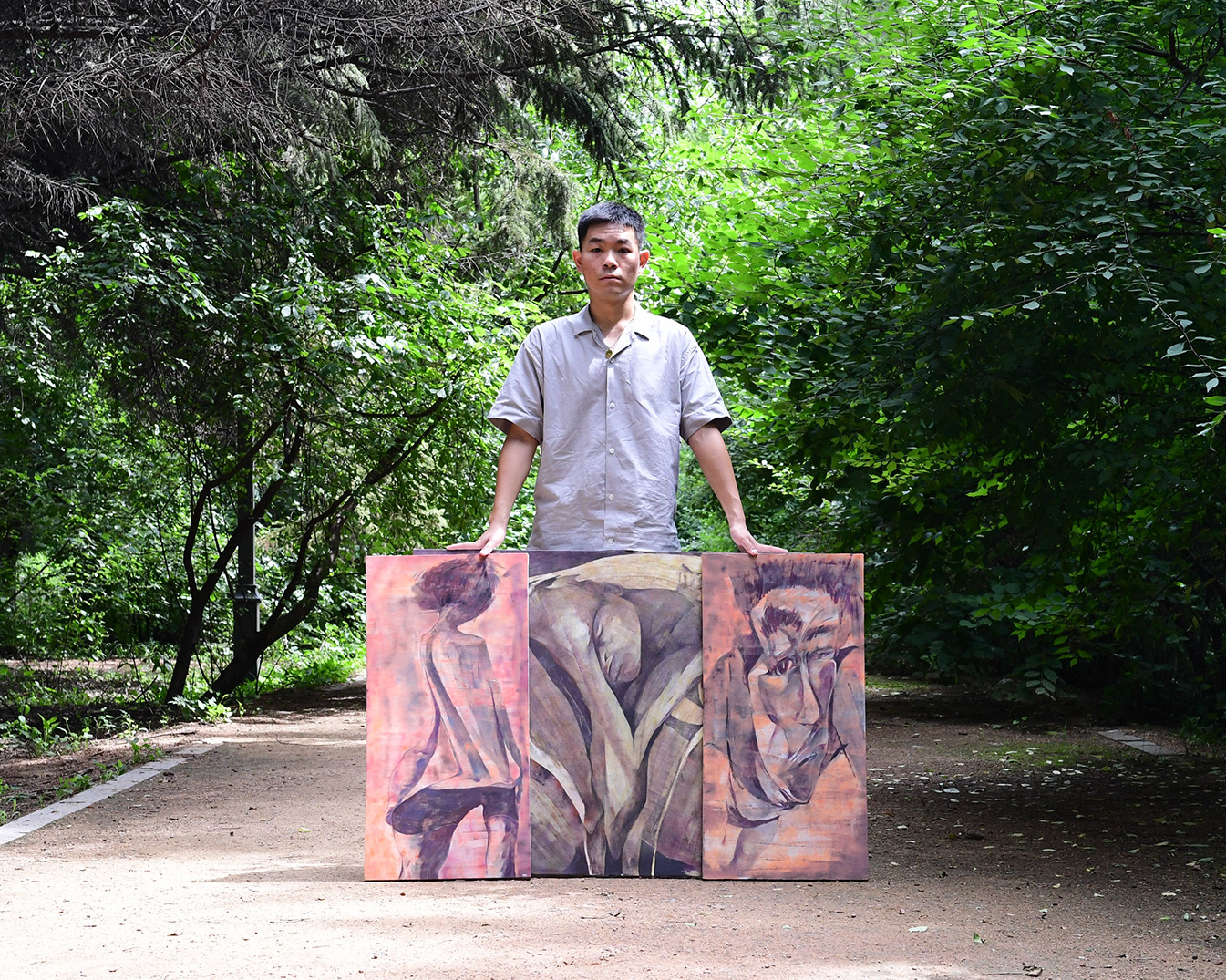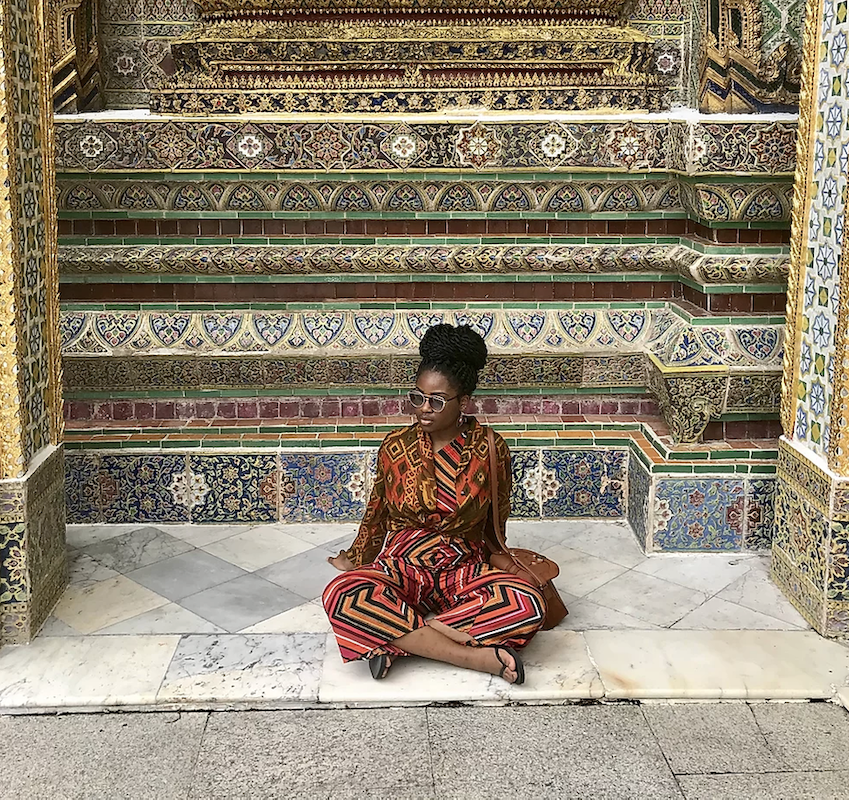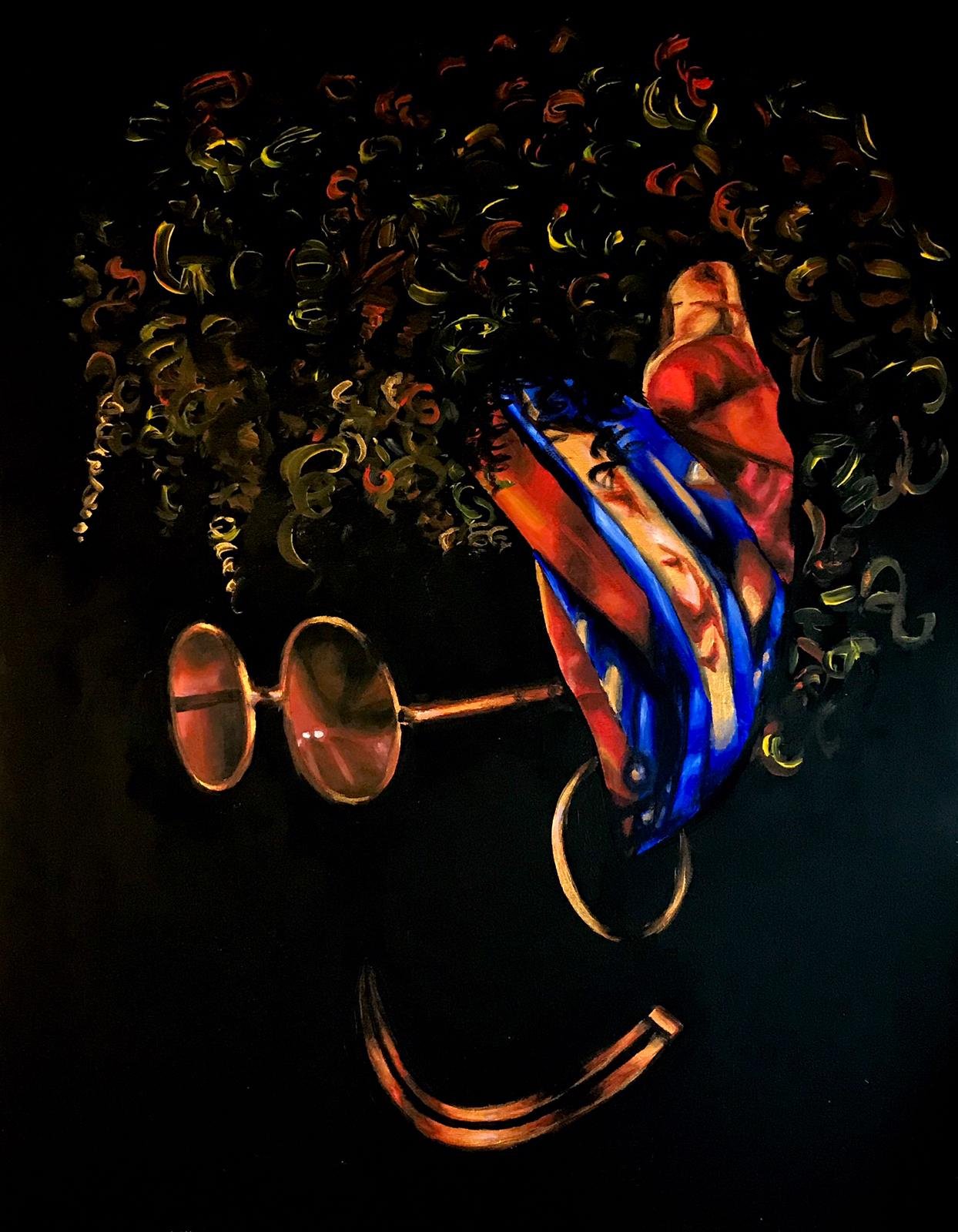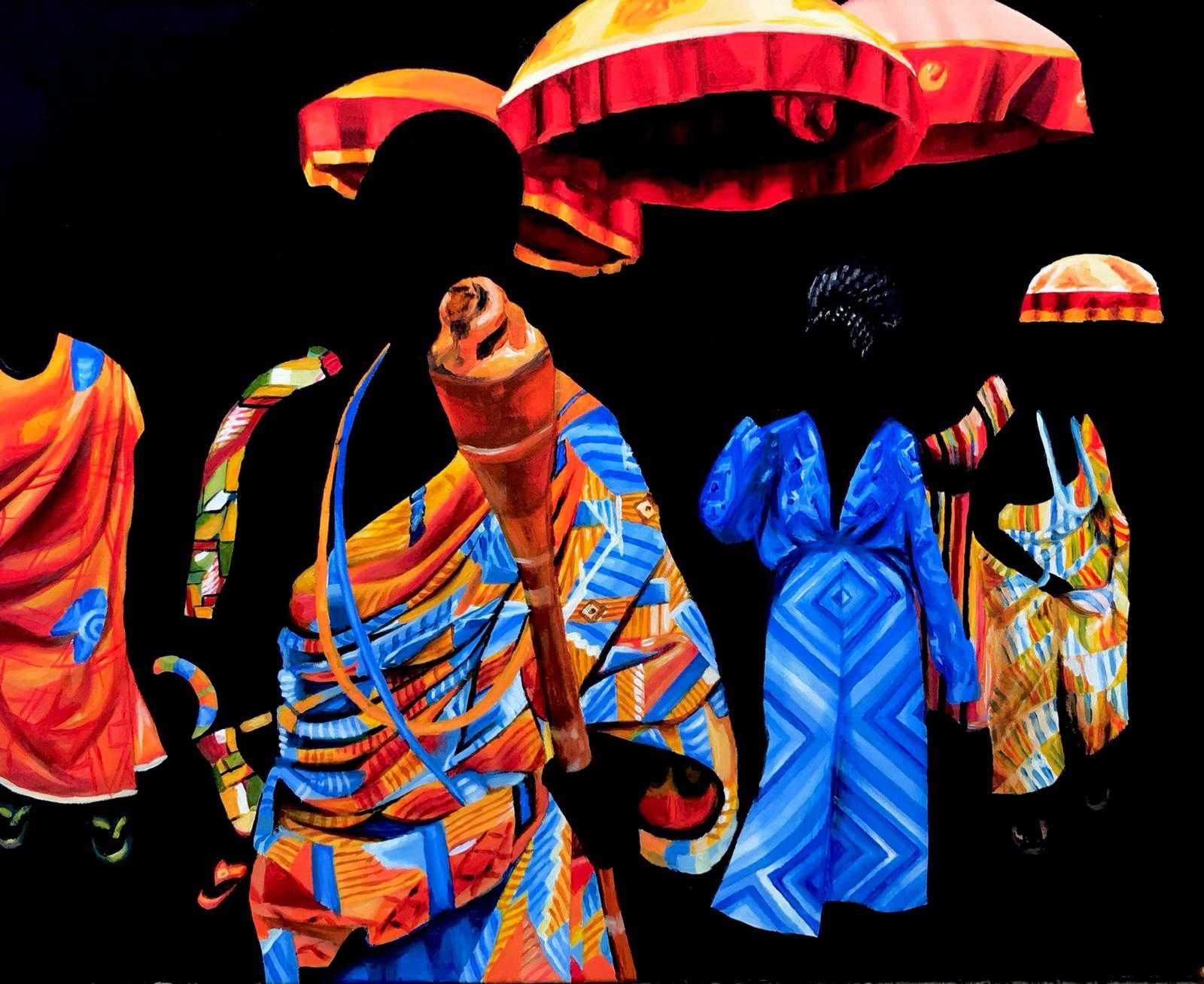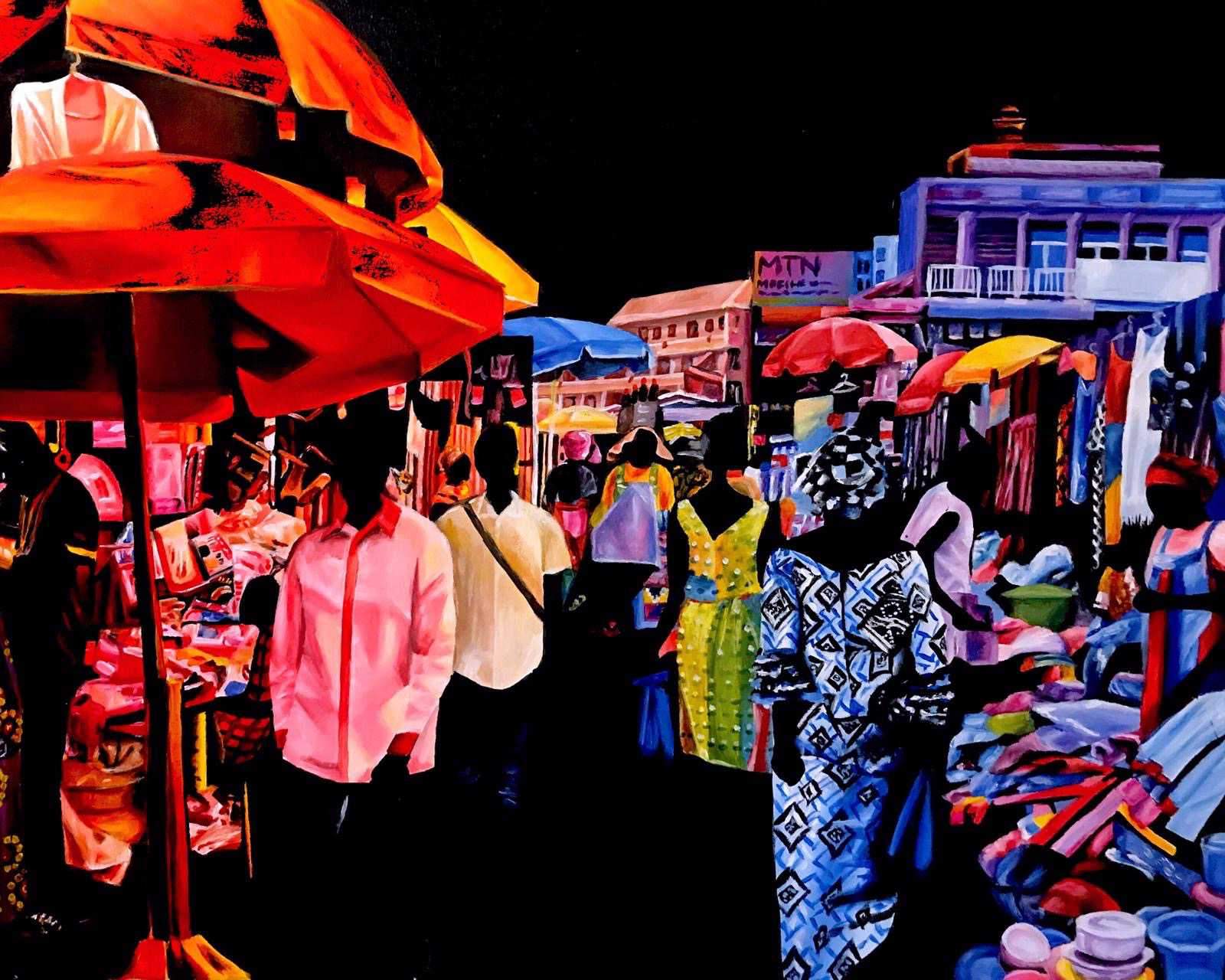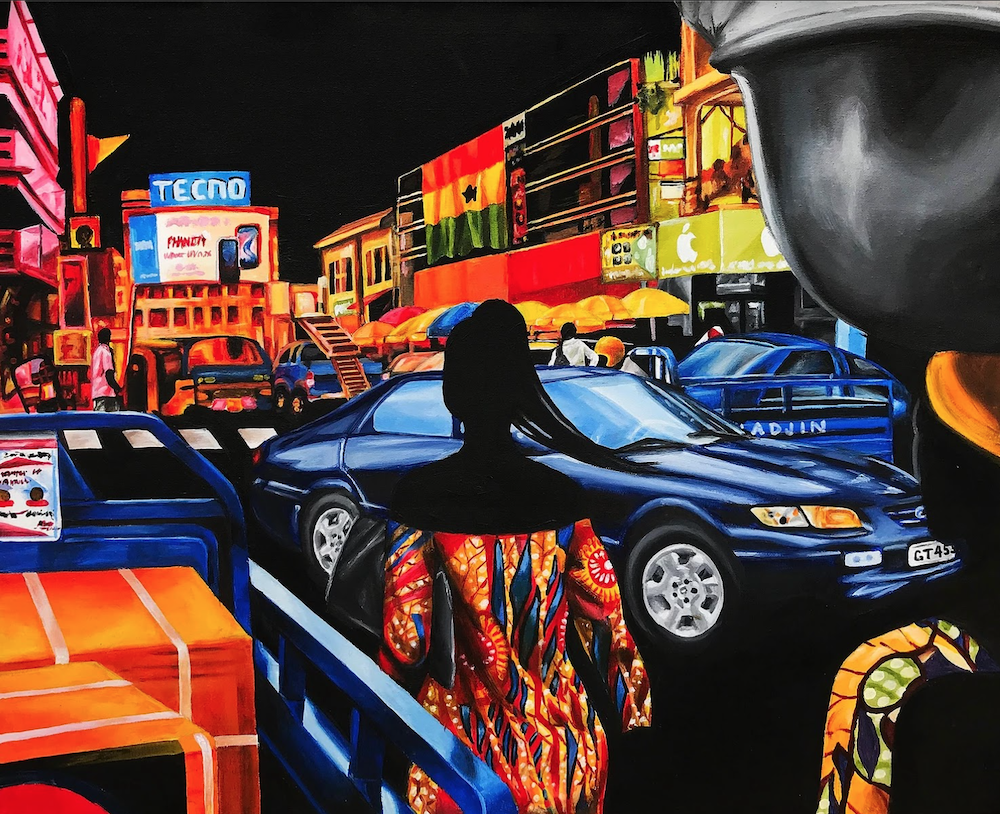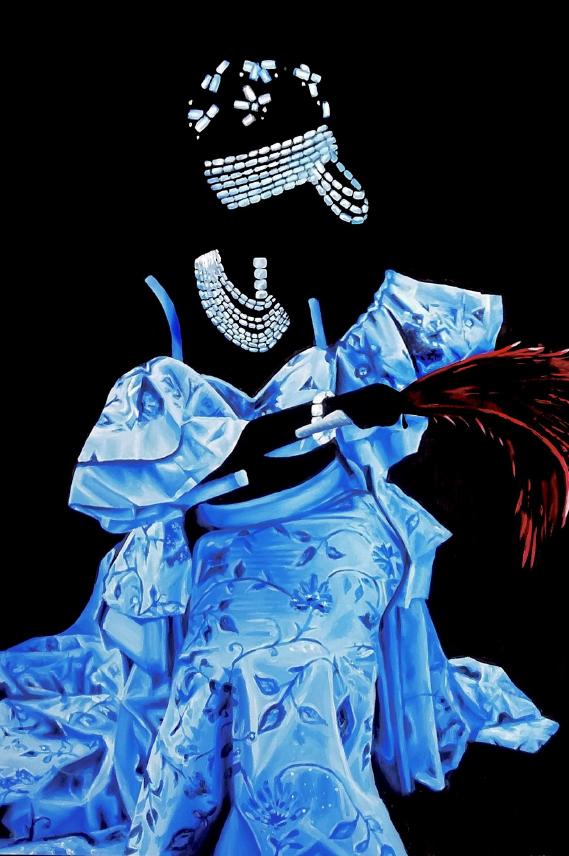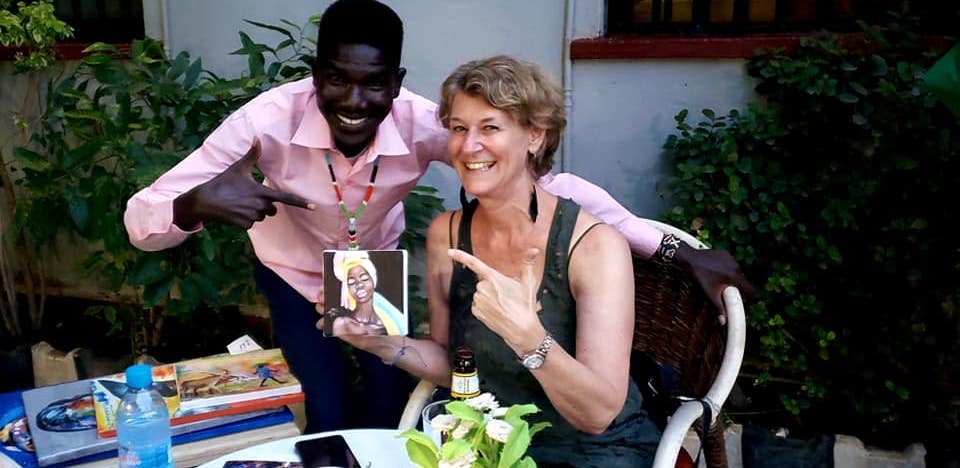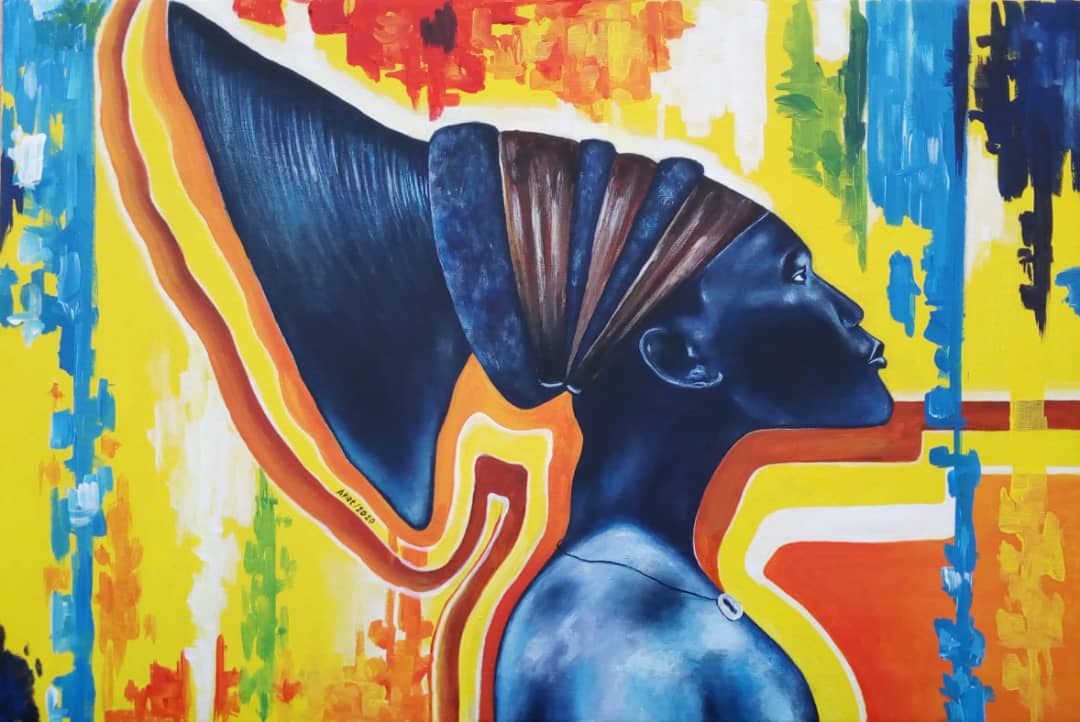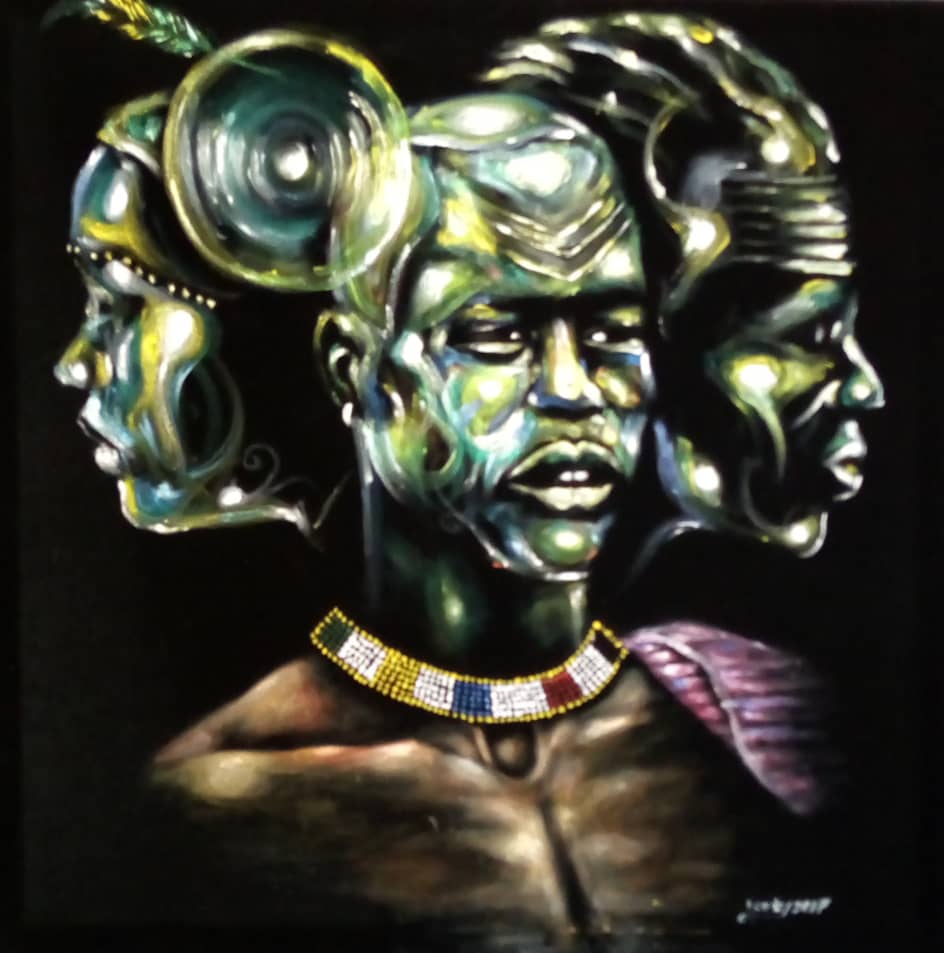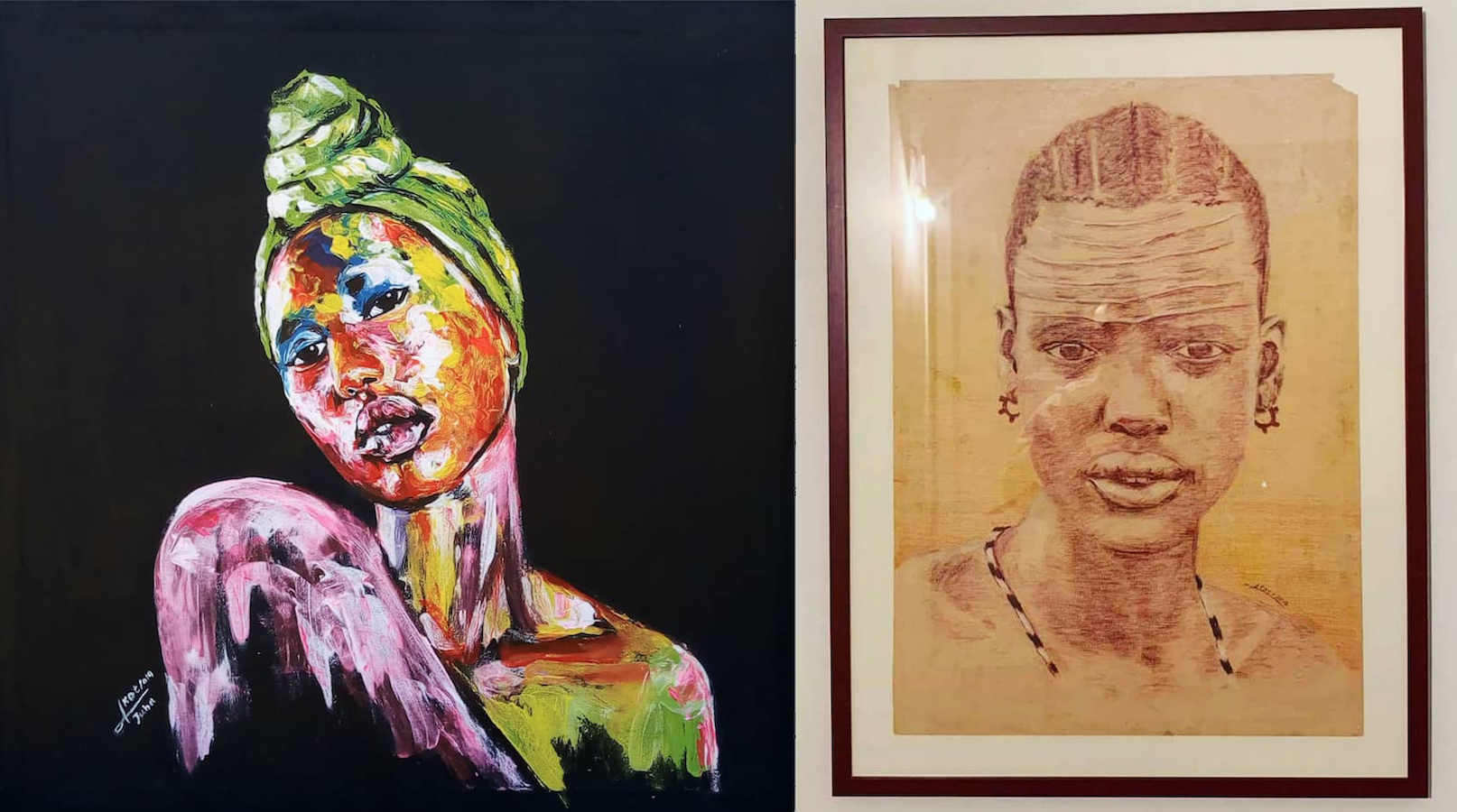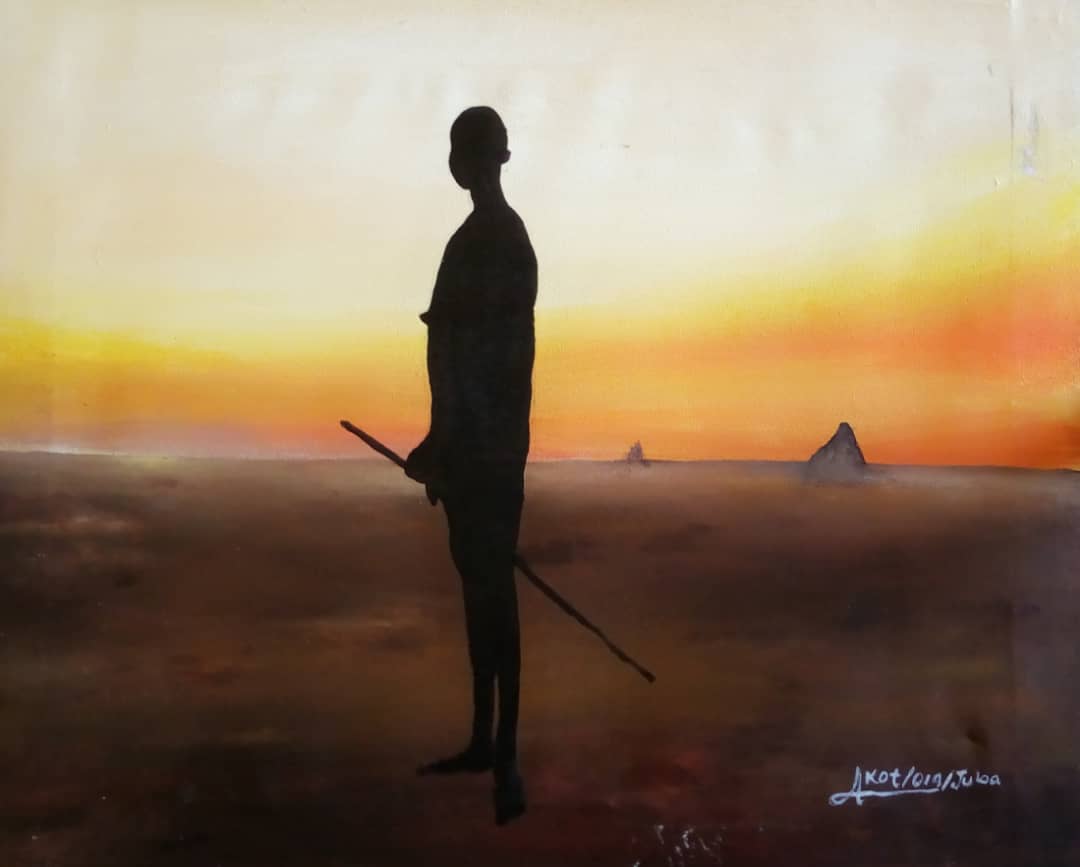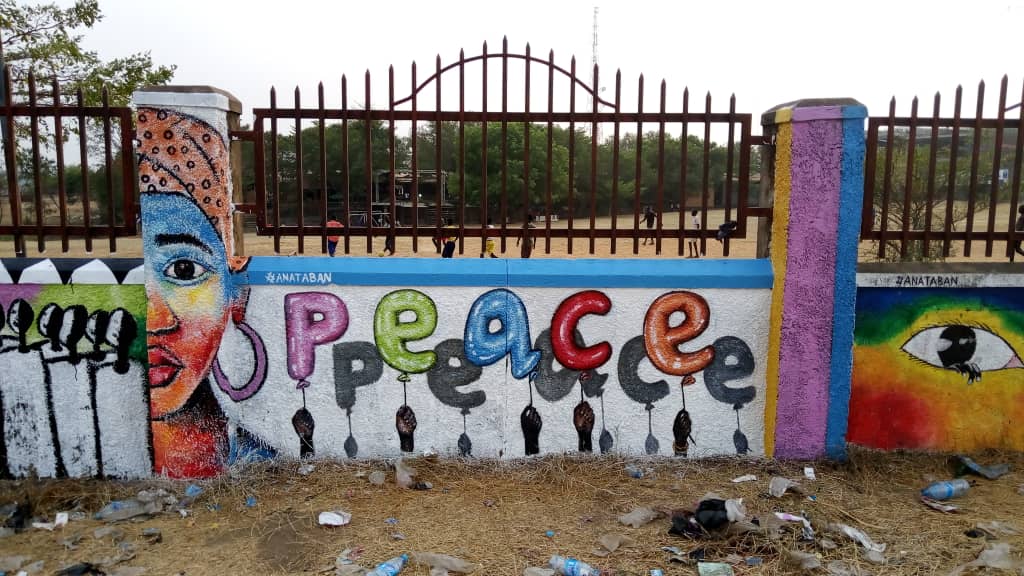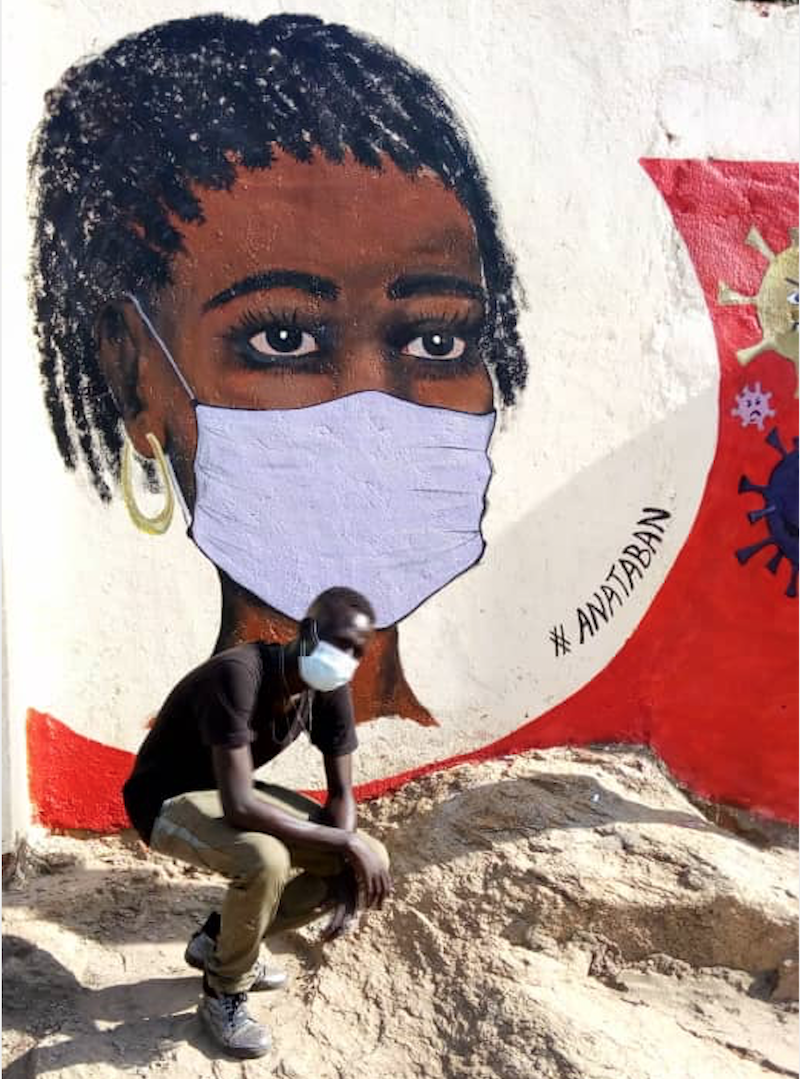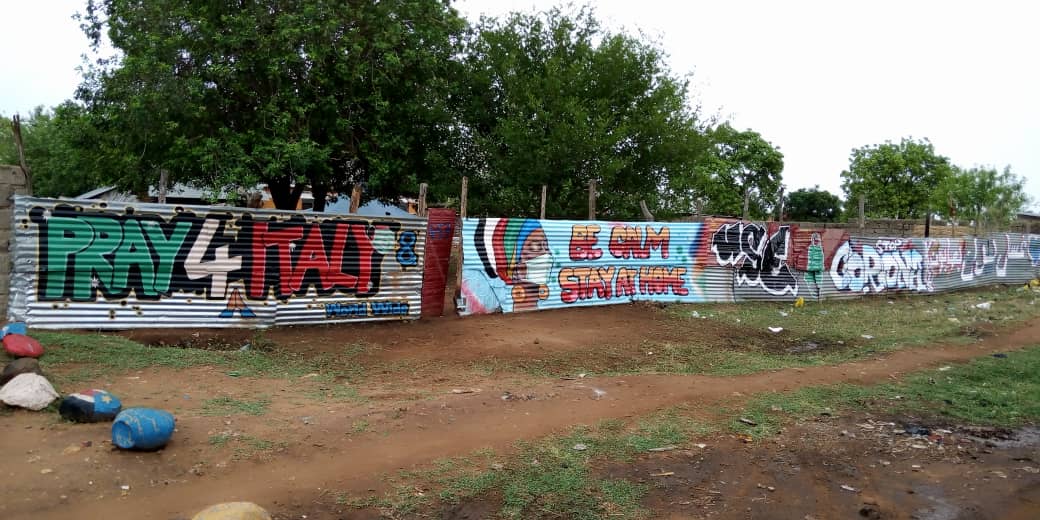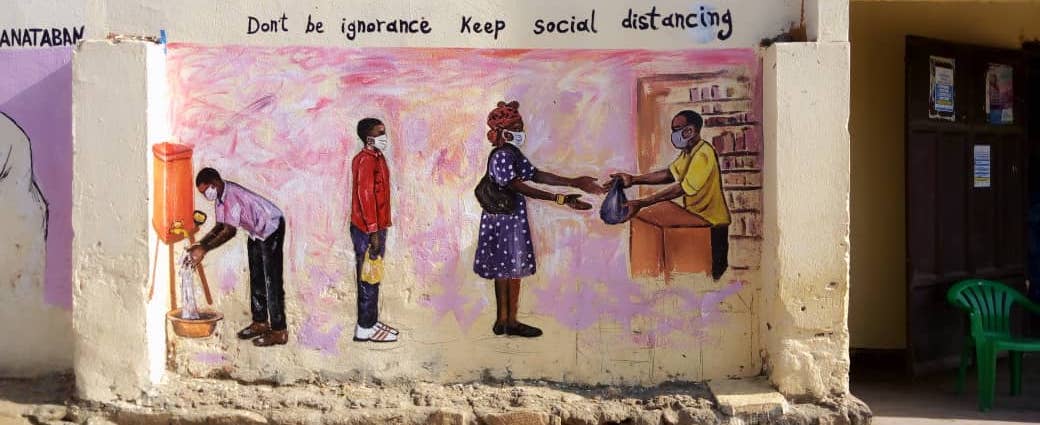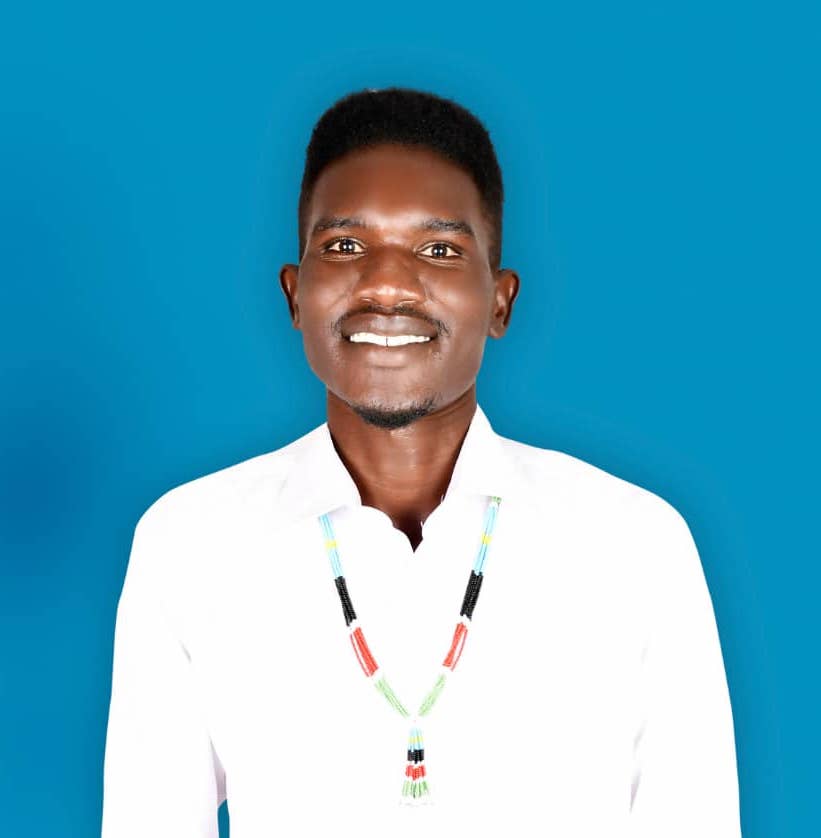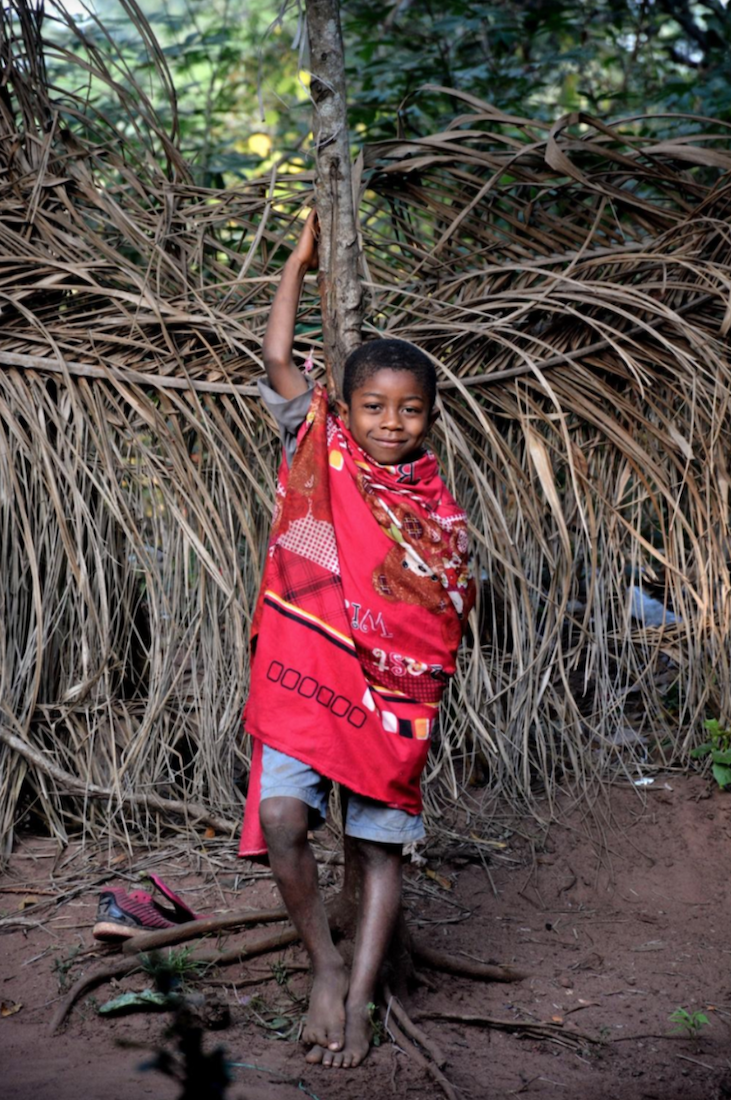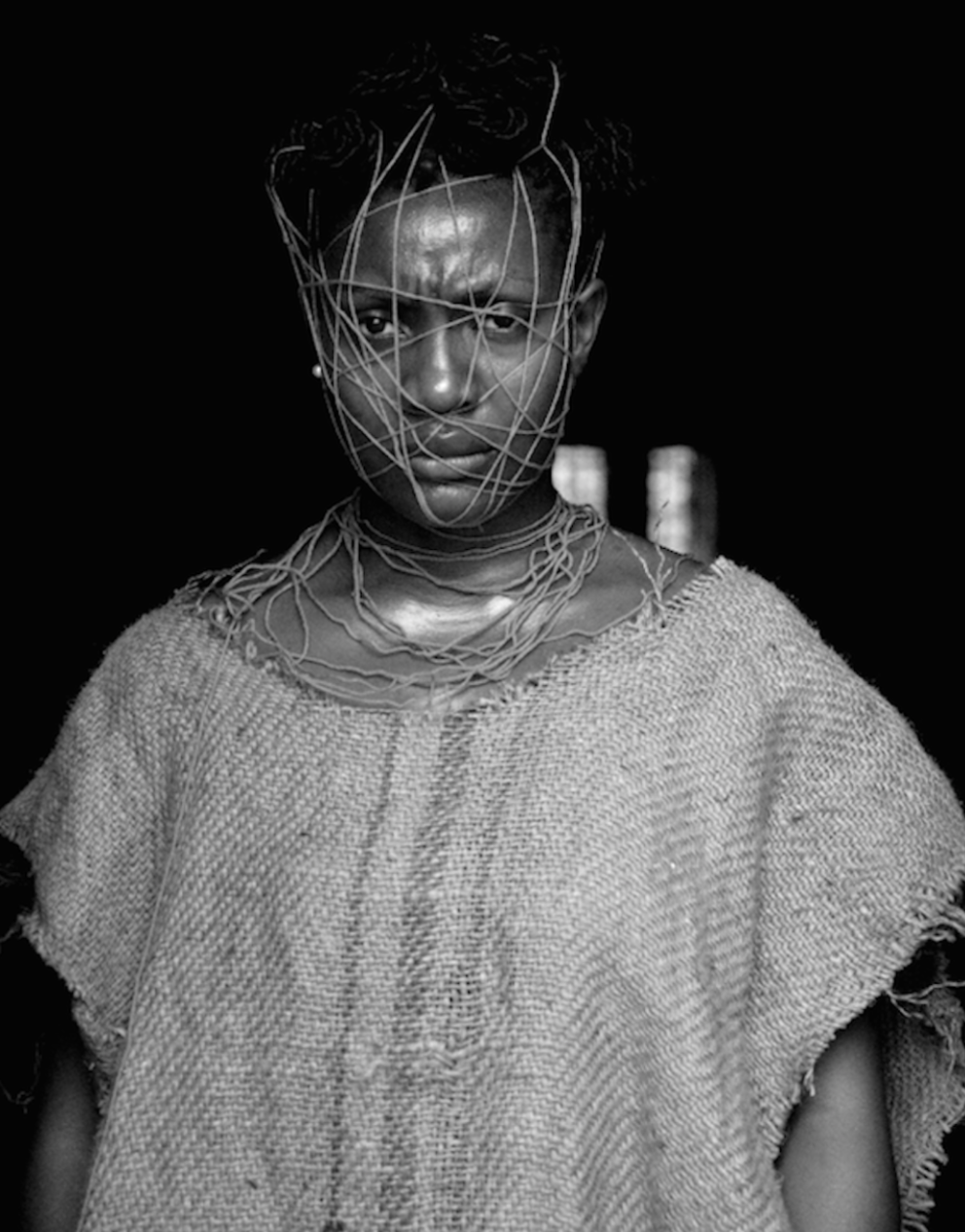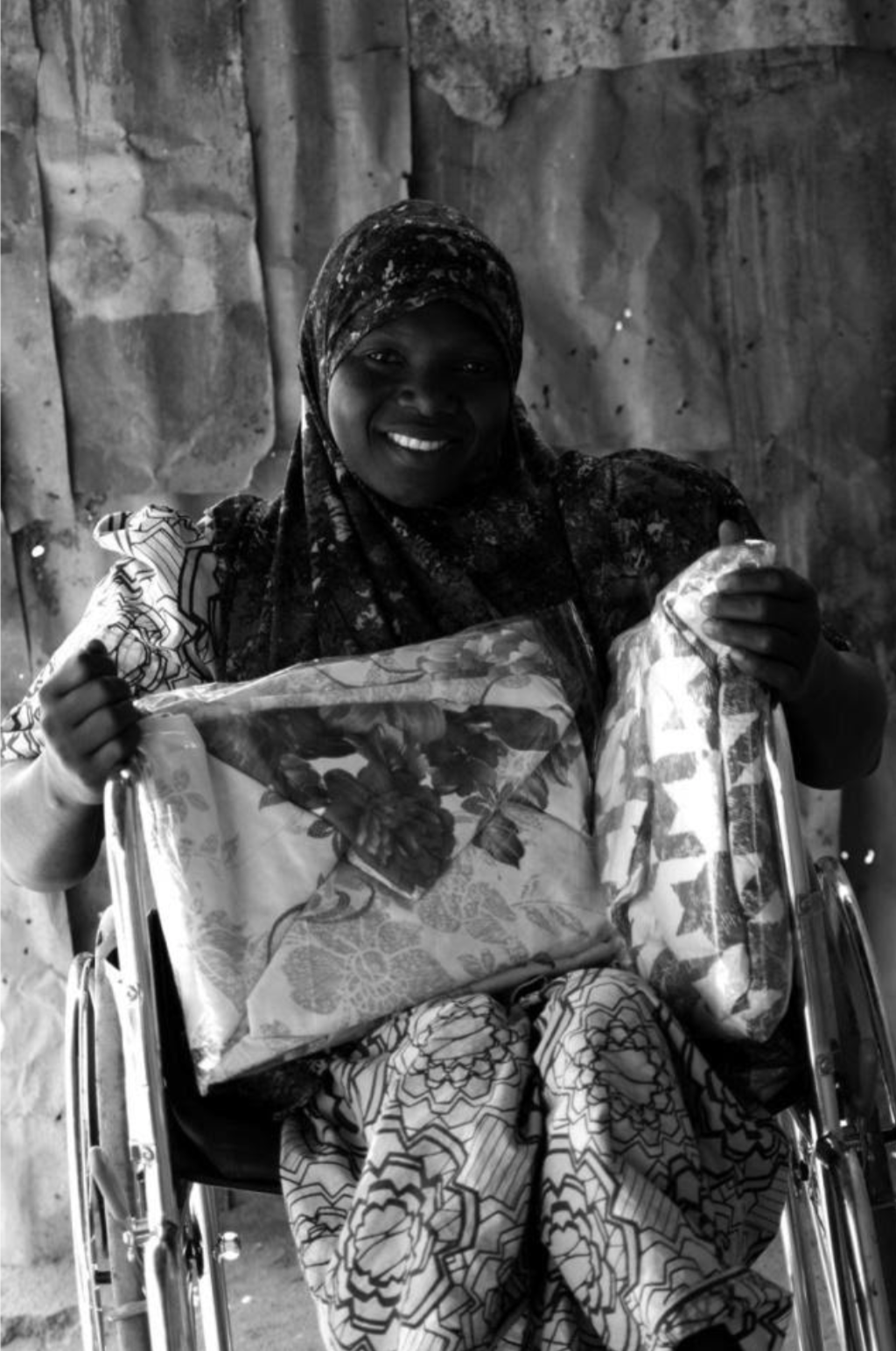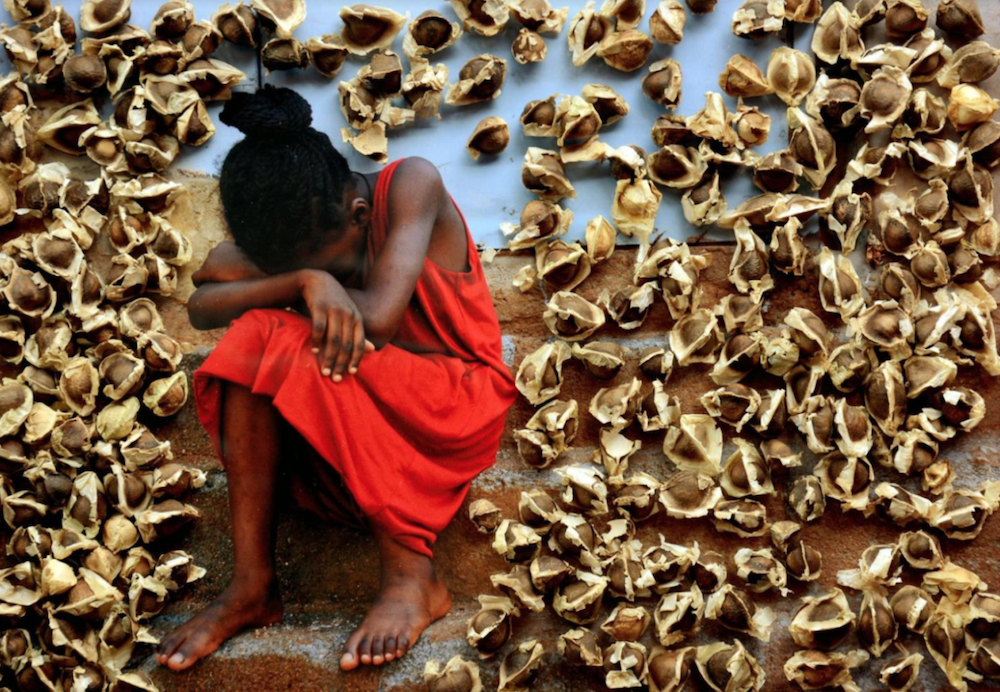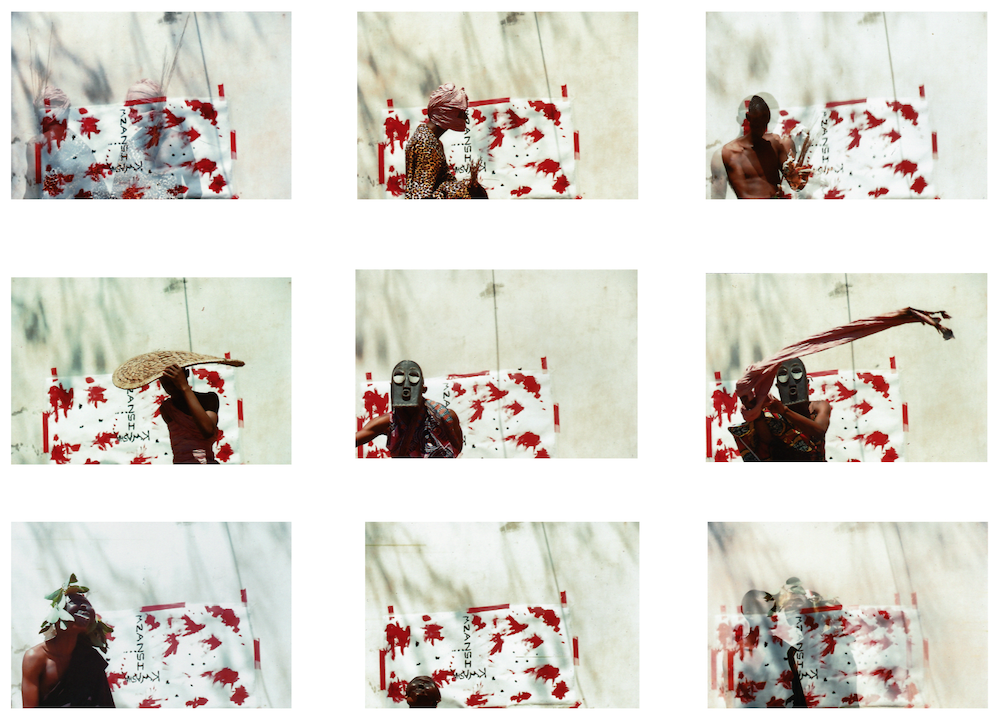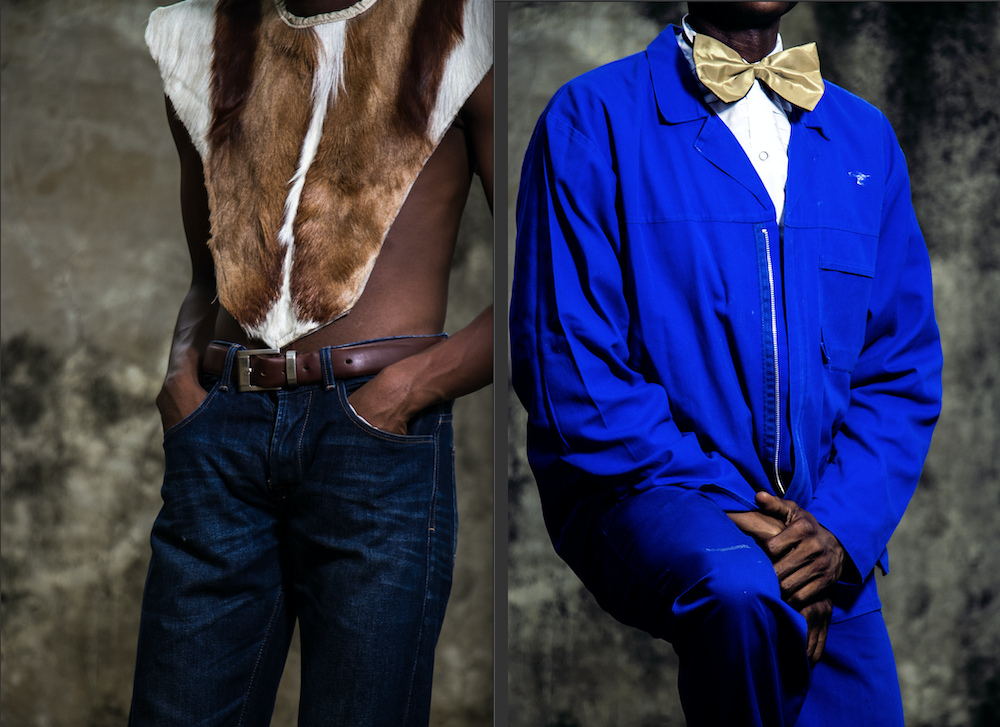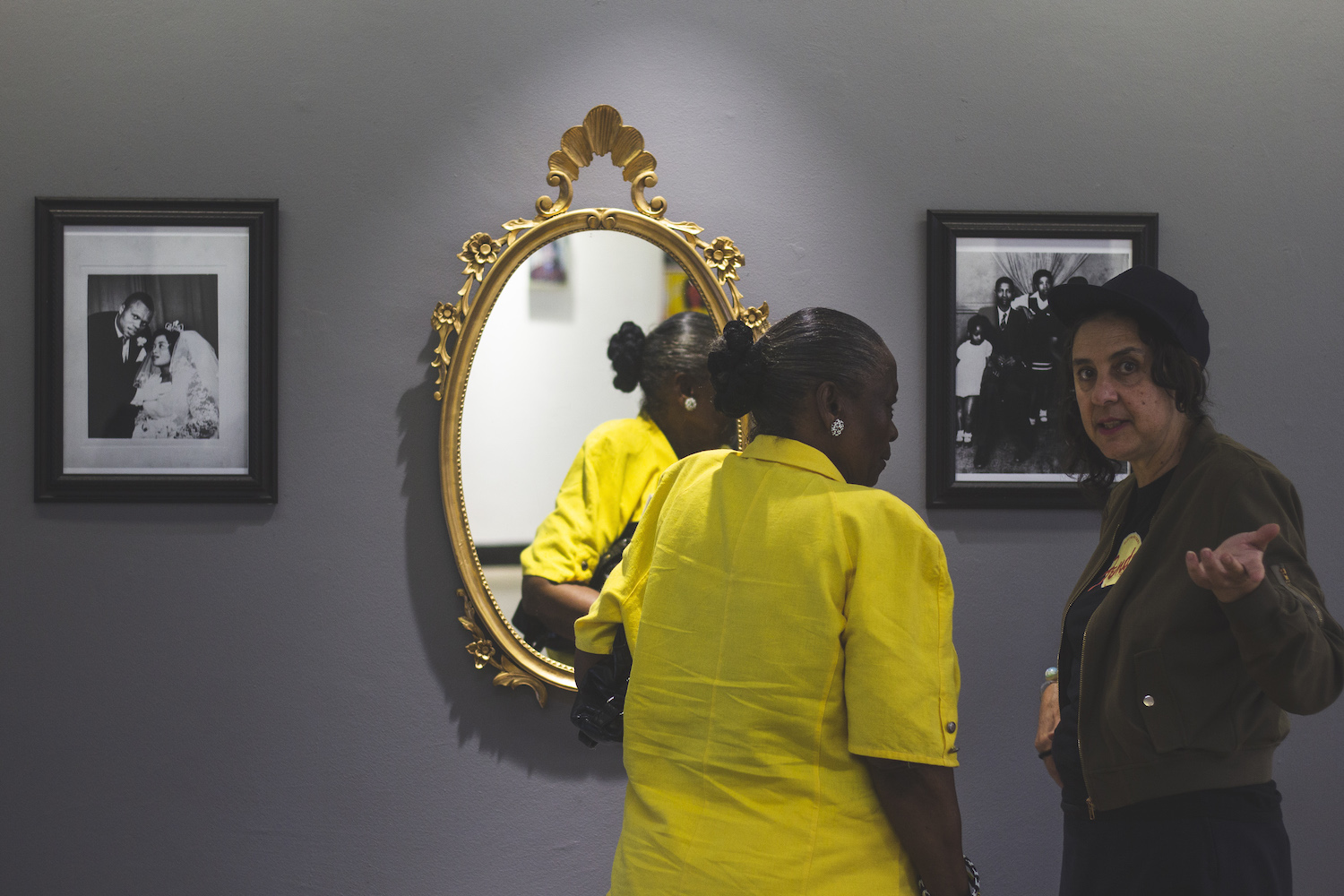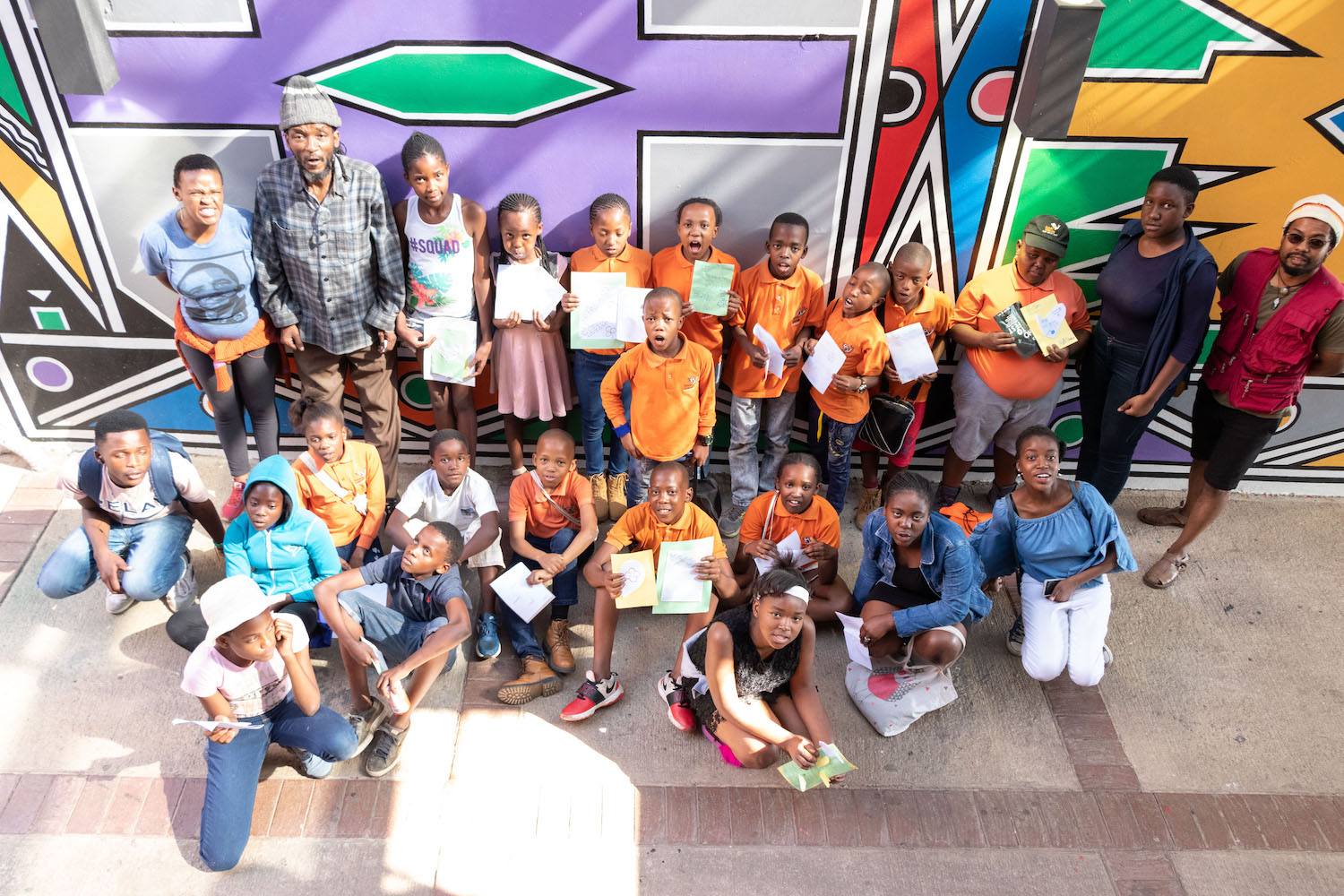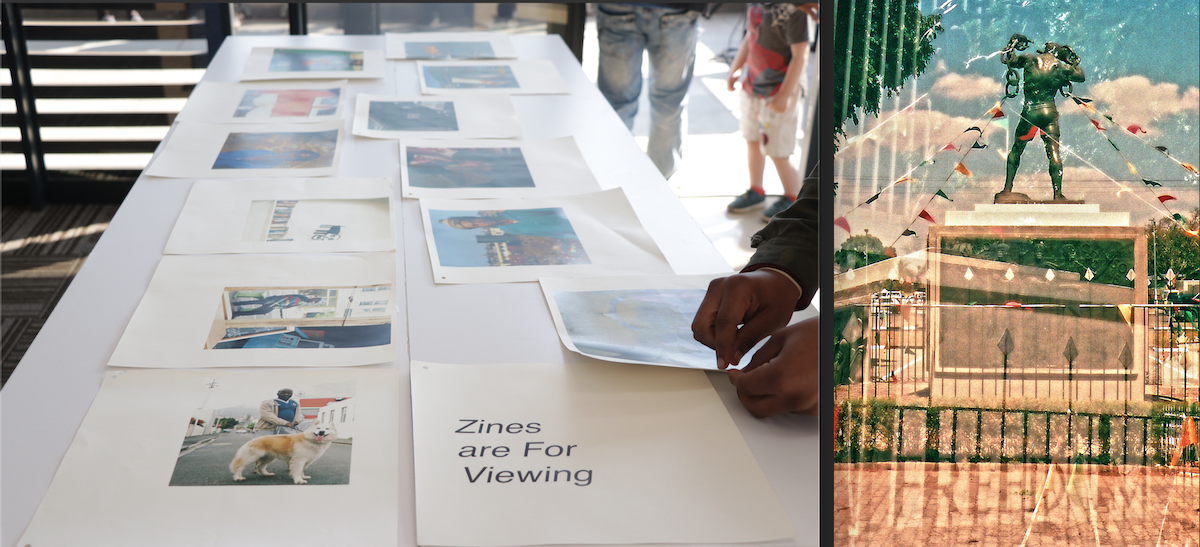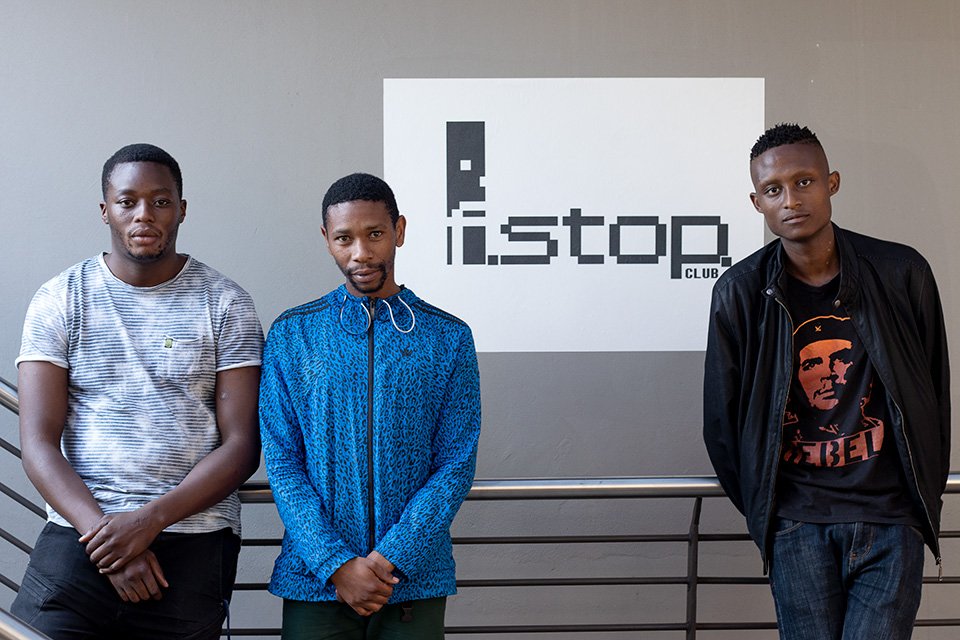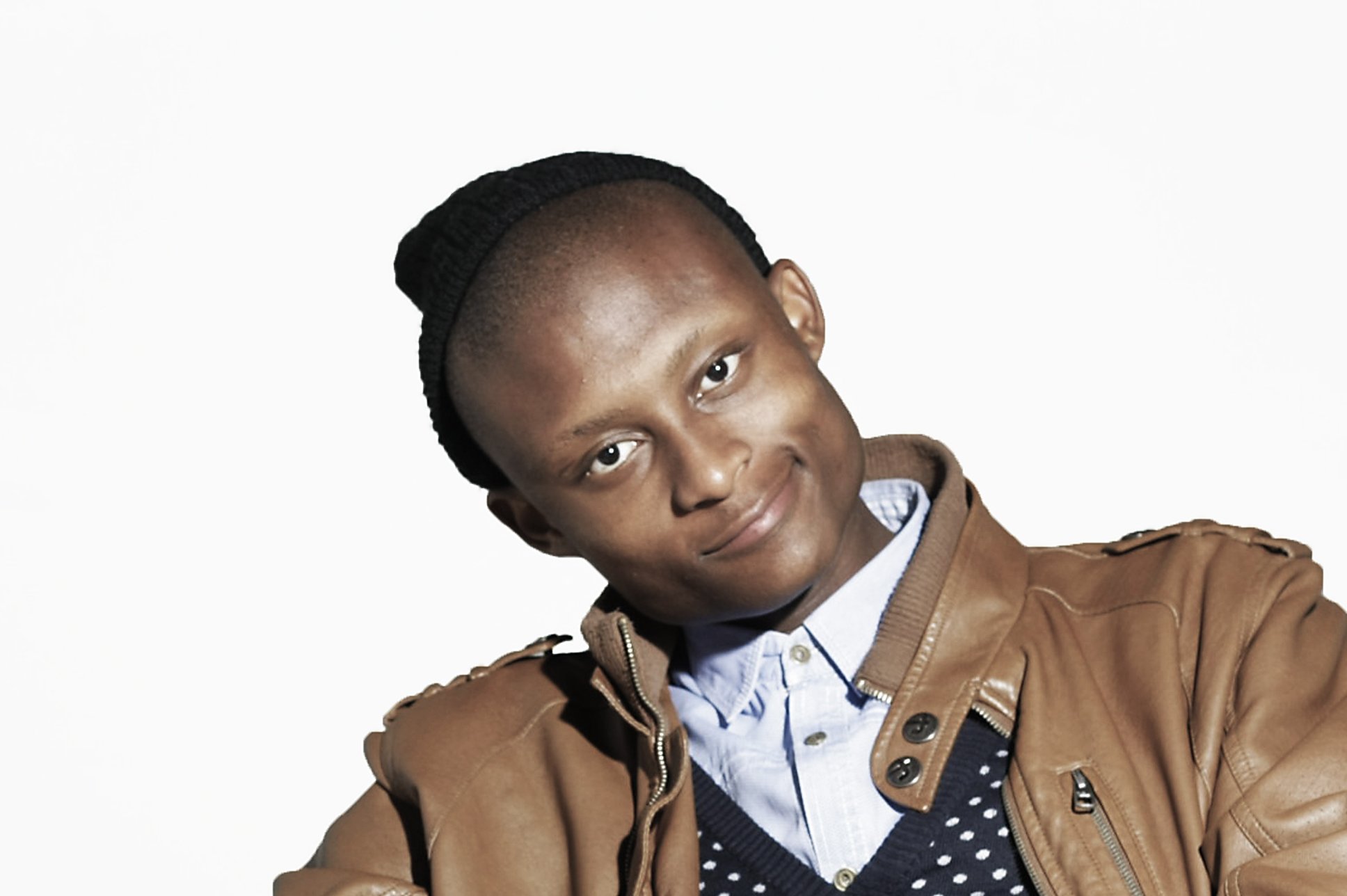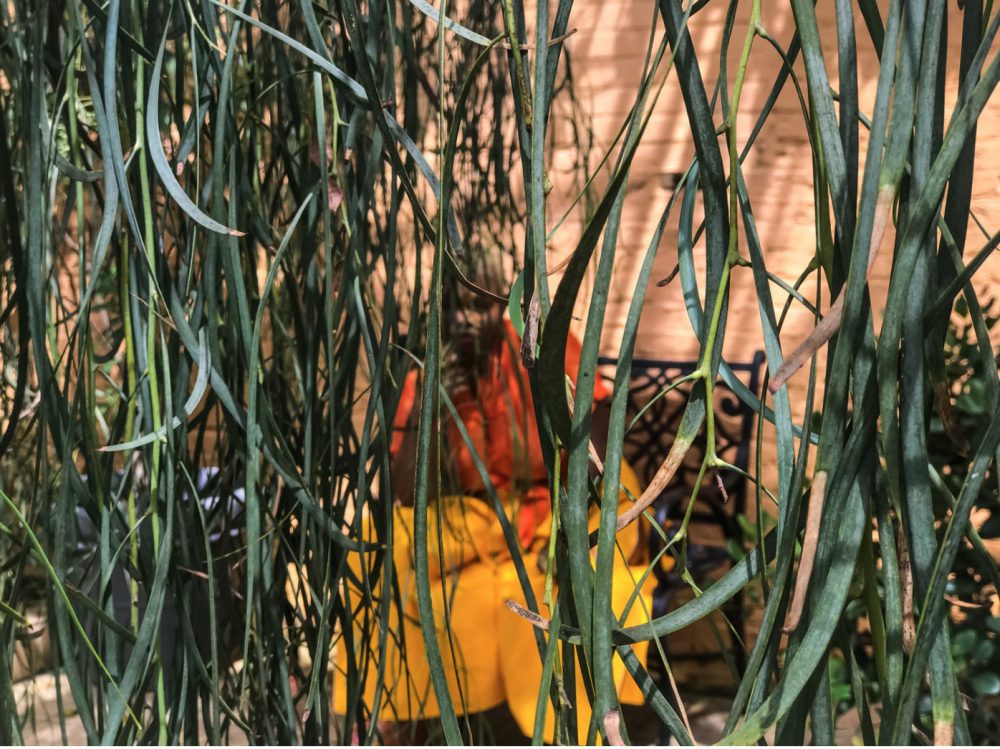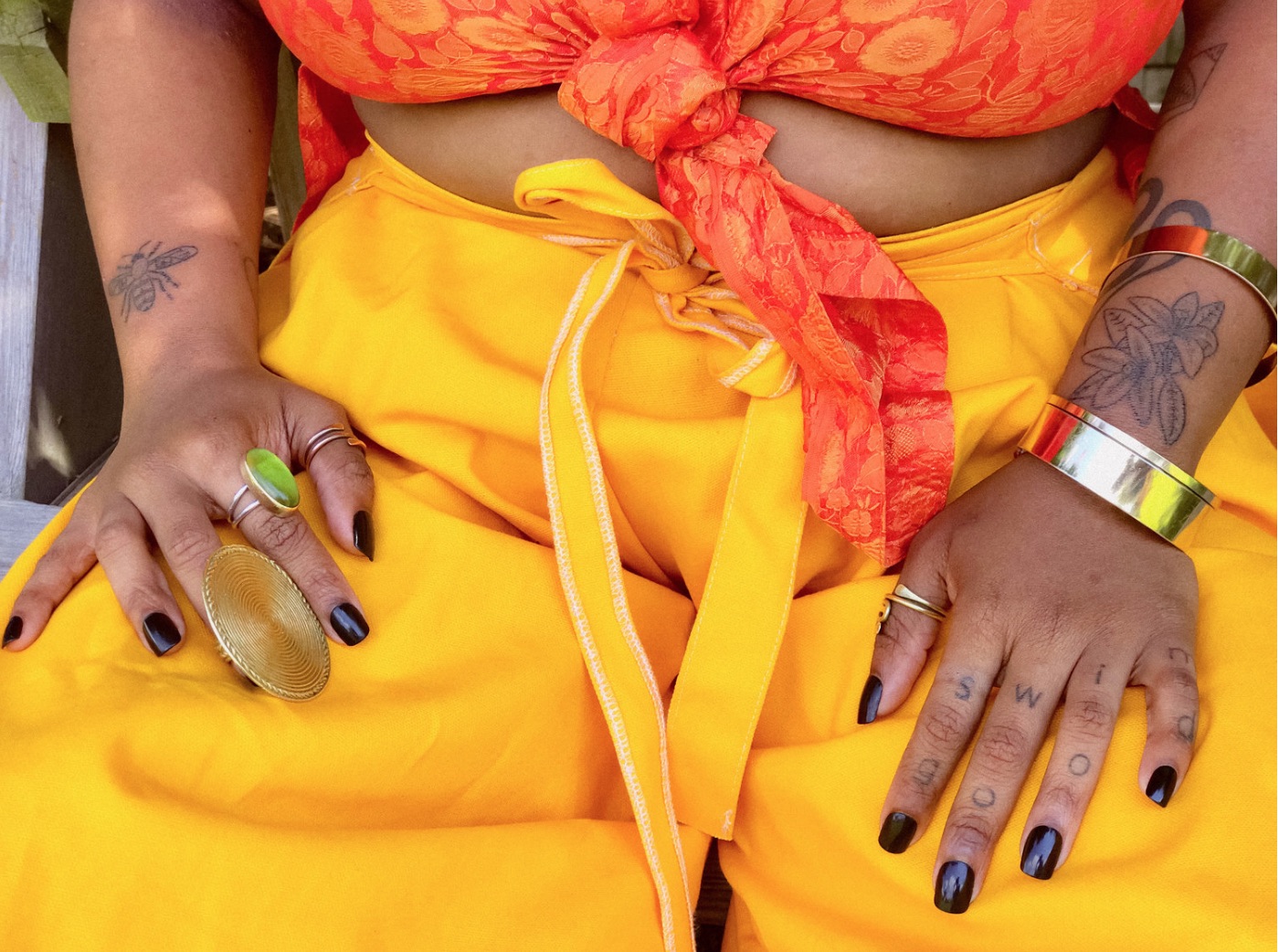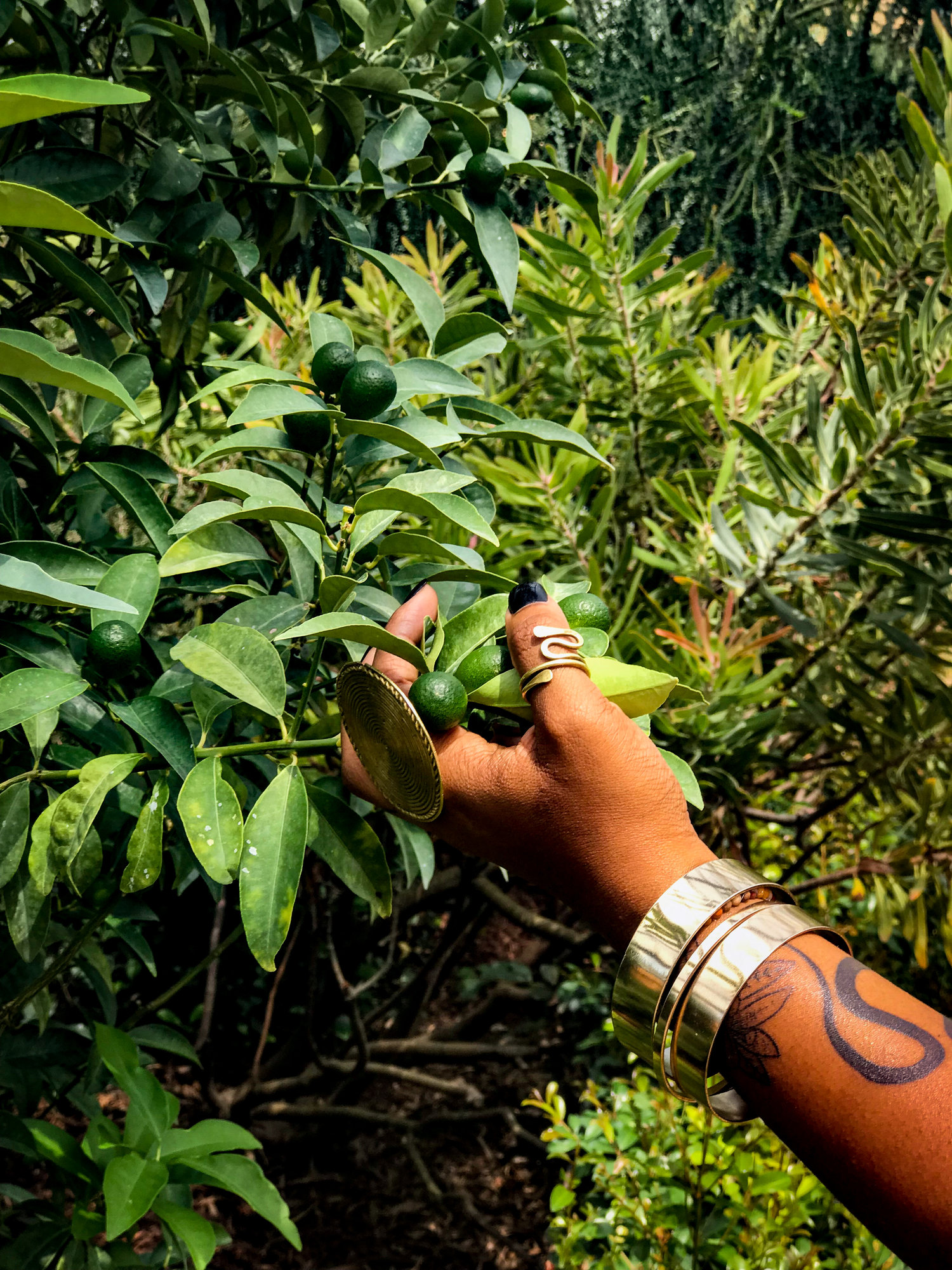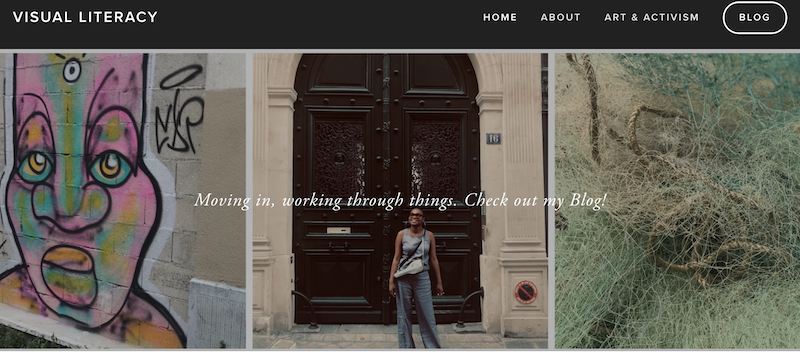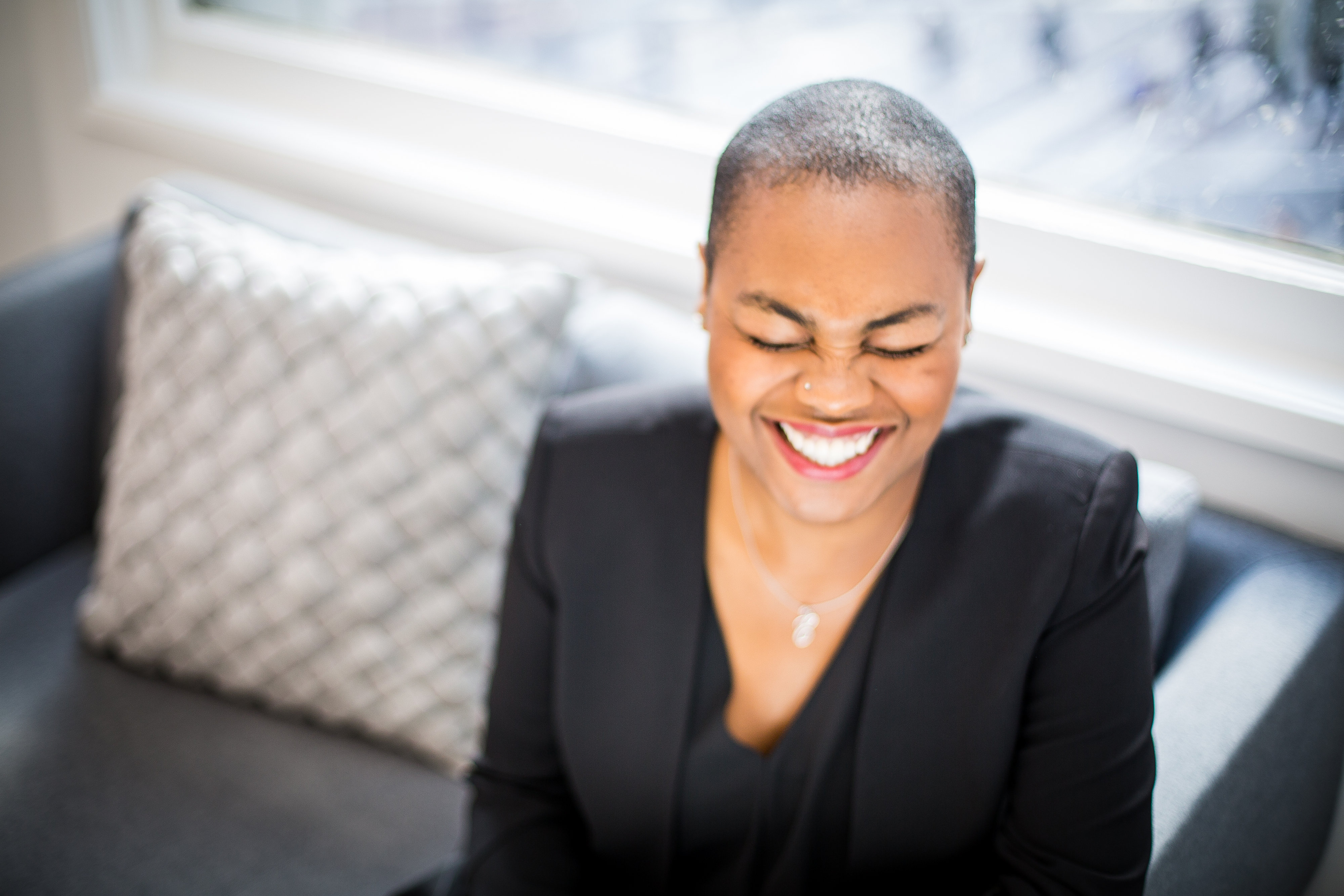The Bookmark workshop: Interview with the Curator
EAS interview with Tel Aviv-based curator and artist Einat Mogland tells the story of this innovative, long distance workshop, from conception to implementation, giving us a peek into its motivations, creative dynamics and success.
OVERVIEW
Can you describe your vision for the workshop— motivation/goals and basic components?
This workshop aimed to provide an innovative form of space to create within and use as a reflective process to promote new art and a better understanding of one’s self, through investigation of past work, choices and surroundings.
I truly believe that the better the connections to ‘now’, with a full awareness of the present, the better we can reach new insights and actually surprise ourselves as artists.
A most important artistic practice is to step back a moment from the mundane, that we all get trapped into from time to time, and explore, meet new people, engage in exercises and reflect on the process in order to see things more clearly. I really believe that art is an offering of a message from a core deep truth. To reach it one must work and explore. It is easier to do this with the companionship of others, who share questions brought into a mutual sphere.
My biggest challenge was to bring those ideas into the digital world, as the workshop was originally designed to be a face-to-face experience. I had to find a way to provide a space for participating artists to connect in a virtual gathering, a Facebook group or a Zoom meeting. Ultimately, all these online platforms proved to be a great aid to fostering profound artist-to-artist connections.
My past projects, like Scribble Its Down, have taught me so much about creating renovation processes through the online world, and the great value it has to offer. As a curator, born in the digital world, I really love the freedom that it offers to the art world.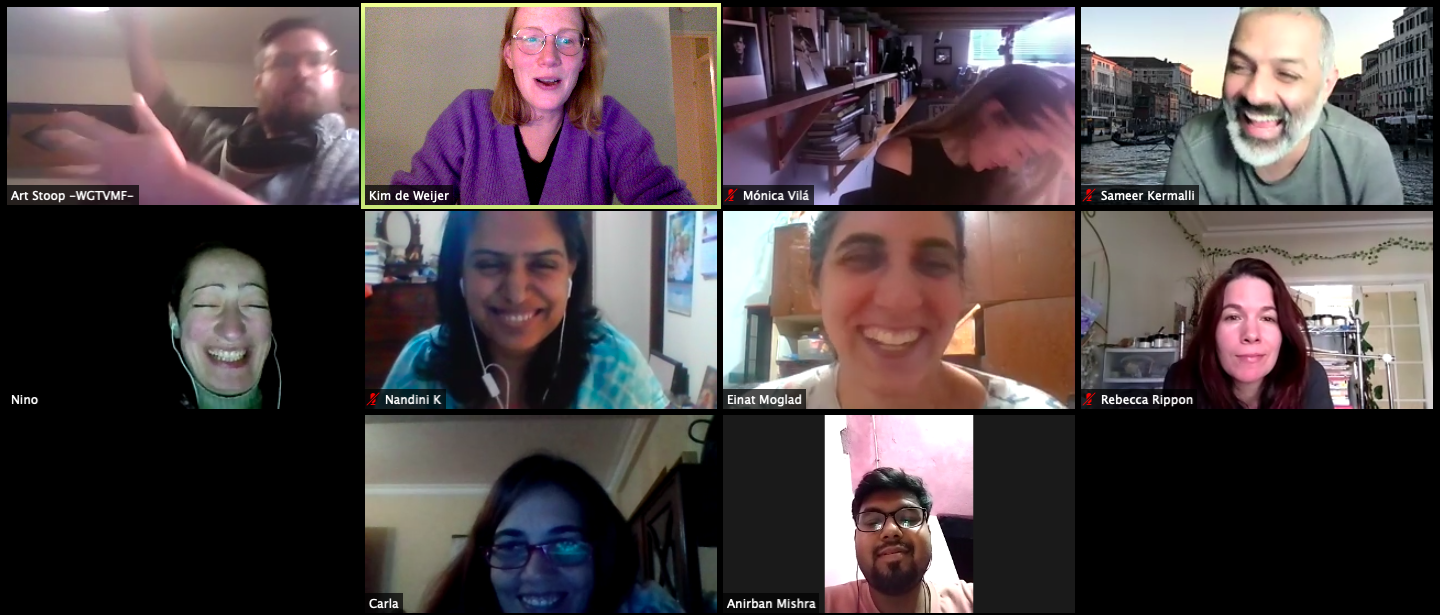
PARTICIPATING ARTISTS
How did you select the artists for participation? What criteria did you use?
The selection process was designed to choose artists who would bring workshop practices back to a larger community of artists, so their motivation and commitment was very important for the choices. Also, I was seeking talented artists with an interesting perspective on art and life.
A large group of compelling artists applied. Due to the international pandemic lockdown, as I discovered from application texts, many artists needed this workshop. I opened up the workshop to a larger group than I am used to. I’m not afraid of hard work, and I thought that this would be a chance to give back to fellow artists. In the end, twenty-two dedicated artists were selected and agreed to participate. I think that this mutual enthusiasm led to a wonderful exchange of energy and creativity, which is how true connections are made.
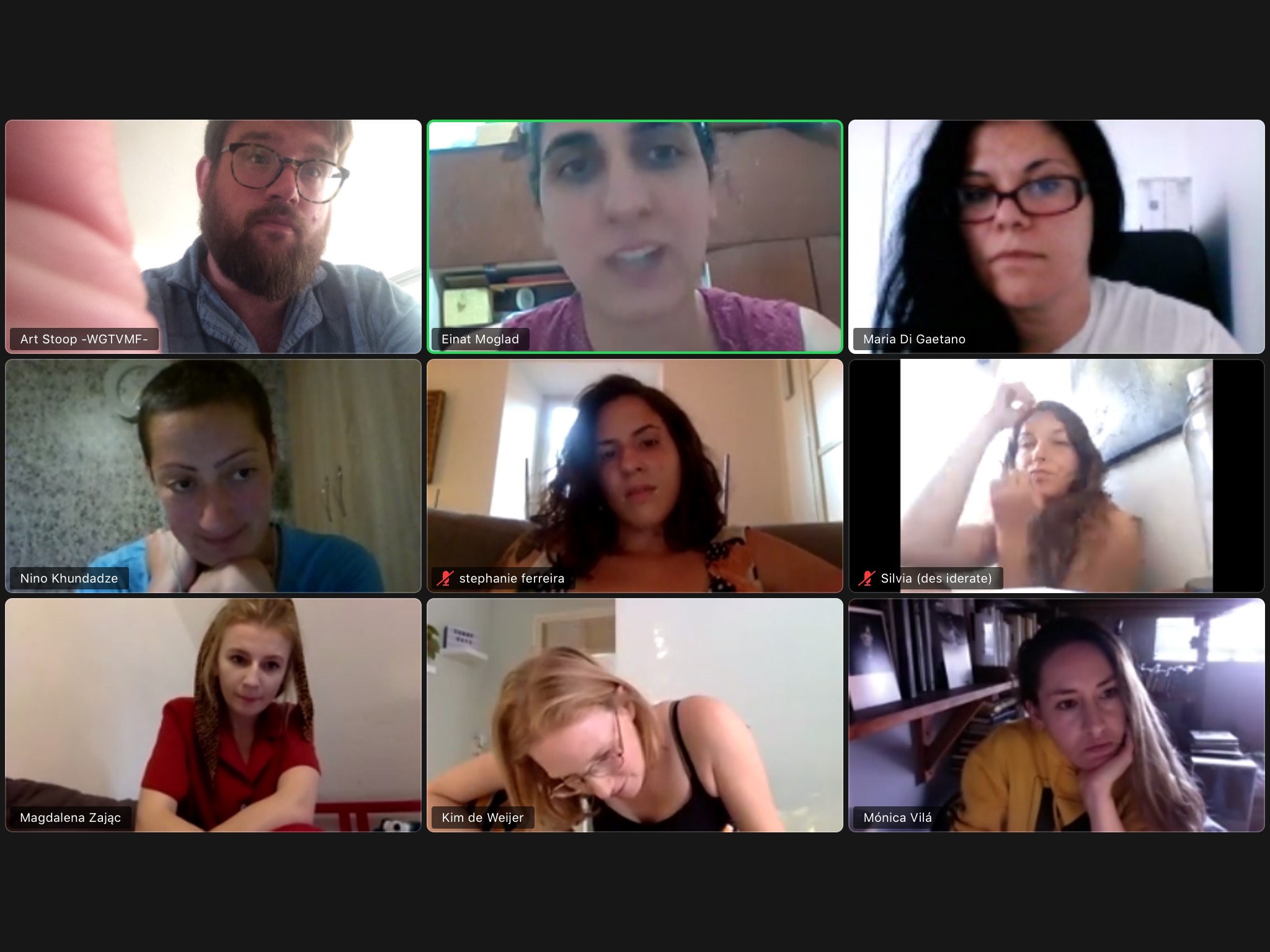 Who are the artists? What countries are they from? What media do they work in and what did they bring to the project?
Who are the artists? What countries are they from? What media do they work in and what did they bring to the project?
Participating artists represented nearly every continent on the globe—North and South America, Asia, the Middle East, Africa, Europe and Australia. The artists’ work included a range of forms, mediums and styles—painters, illustrators, sculptors, custom designers, photographers, film/video artists and a performance artist. The environment with such a varied group of artists was a great blessing to the project as a whole. All these wonderful artists brought different colors and opinions to the group.
Each artist is incredibly good in their field, and some unanticipated collaborations emerged during the project. All through the workshop we had regular meetings and participants helped each other in various ways. For example, during artist presentations of their work in progress, they supported each other. In addition, there was a collaboration between Désidératé (in France) and Subhash Maskara (in India) who created a video together. Also some artists discovered that they lived not far from each other, and suddenly they talked about meeting for coffee. I remember thinking that I want to see and meet them all too. It was really wonderful to see friendship being formed though distance, but also close and simple friendships as well.
We all talked about wanting to meet later, maybe even do a residency and create together, when it is possible to travel. We still meet regularly now through Zoom and talk about art and life. It’s really beautiful, seeing that this has become part of the artists’ lives and a part of my life as well.
WORKSHOP IMPLEMENTATION
Could you describe the workshop assignments, the method and guidance that you, as director, employed?
In the workshop, I used videos to bring up the topics that I wanted the group to focus on. Some were more reflective, some were exercises, all designed to create a space to explore. For example, we experimented with freeing our hands and minds through intuitive art practices. We examined creativity, our choices and our inner worlds. We discussed and learned about Roland Barth’s concepts of punctum and studium, thinking about how we could use his theories in the creative process.¹
The first week was intensive in the amount of videos and information I sent out to the artists. During the second week, we started to do Zoom meetings and that brought to life new interactions. We did some exercises together in the meetings and went deeper into some of the theoretical aspects of the workshop. The third week was designed to summarize and see what the artists were planning to take from this workshop into their new creative work.
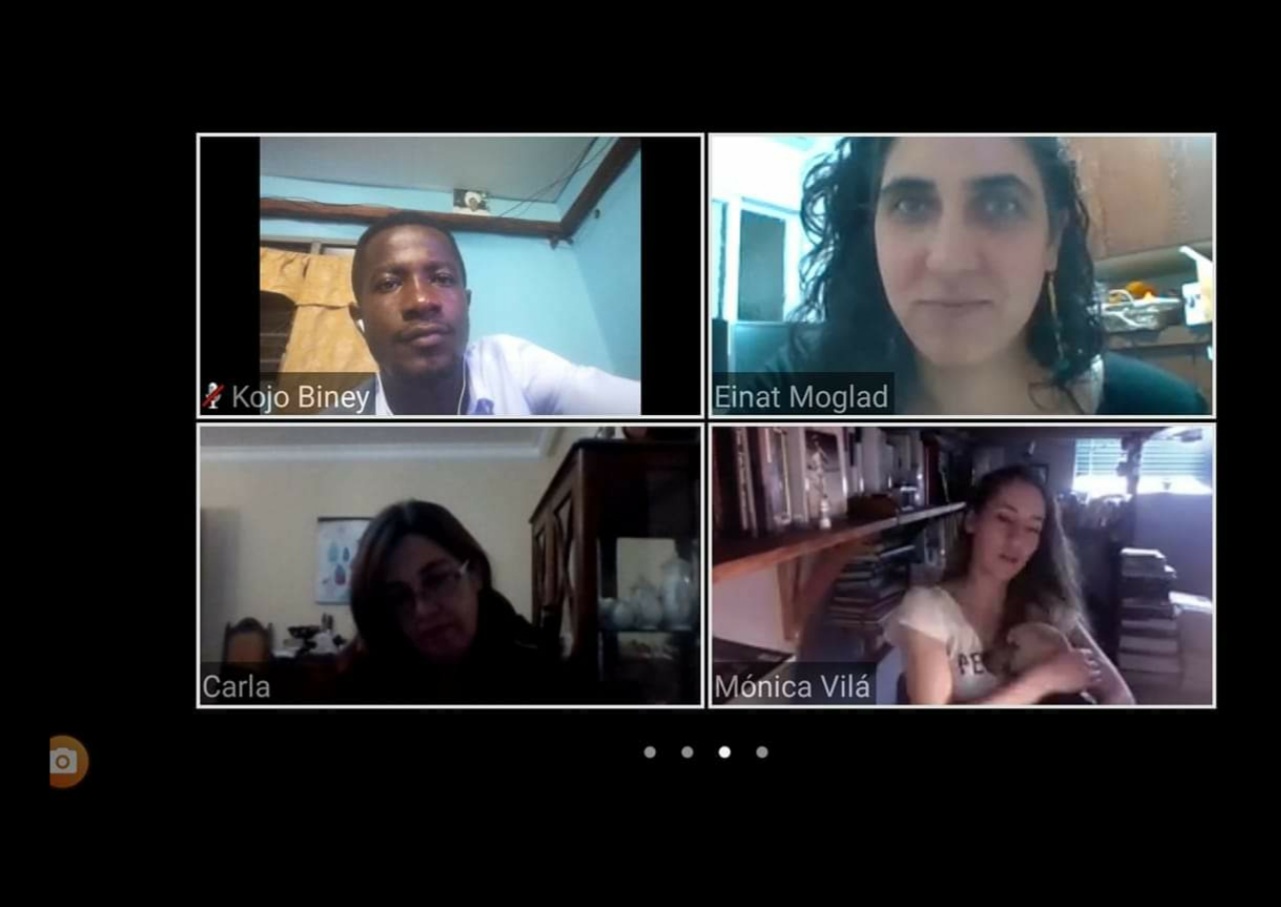 How did the artists respond? Did rich and meaningful dialogue evolve? What were some of the highlights?
How did the artists respond? Did rich and meaningful dialogue evolve? What were some of the highlights?
There was a great response! There were commentaries on all the videos and it stimulated getting to know each other much better. I think that during the pandemic people have found a way to establish strong connections online in a way I never witnessed before.
I can say that there is a big shift happening in the world, in how we lead our social and workplace lives. We could use online platforms more and more. I only wonder what it would be like and what close and personal interactions could emerge.
The Bookmark Workshop has gone so well, so smoothly, with connections and good vibes all through the process that I find incredible and outstanding. The workshop exhibition, with its online opening, is an important highlight.
ARTISTS EXPERIENCE
What did participants say about their experience? What did artists come away with?
I see how I create. You think you know, but this was a safe space to create and to see things different.
For me this was very important. It was priceless.
(Nino Khundadze)
For me there is a discovery about how we discover things differently. I was happy to discover new practices
and how each of us coped differently…also us laughing together. I really appreciate that.
(Désidératé)
For me this was freedom, not just the sharing of my art but in this period, when we were closed in our home,
Bookmark helped me to think outside the box with the exercises, because we physically acted to create new artwork.
This was something that continues movement and change, and a position of getting off of what we know.
(Maria Di Gaetano)
I started with a lot of difficulties, and I didn’t know how to engage through any art school. I miss the connection.
This was such a good place to connect and learn how others view my work.
(Anirban Mishra)
To learn new viewpoints, it really got me to know different perspectives. I learned more about my own process.
Some exercises really got me to understand better why I do what I do. I didn’t notice it before.
(Nandini Kamalakar)
My connection to the project was really great for me. It was something to look forward to.
All the structure of life had changed and this project made me accountable--to get me to create.
(Rebecca Rippone)
I love the creative platform and to be exposed to so many viewpoints. That was very inspiring,
getting back to my studio to create and find new ways and new ideas. I really like that.
(Kim de Weijer)
For me, this is my first time being part of a group full of artists. I never was confident about making art
and I really feel I got some acknowledgement in making art. That means a lot to me.
(Art Stoop)
Was the project a success from your point of view, given your goals? What did you learn from this experience?
I think that the biggest success - and I didn’t even see it coming - was that the artists wanted to continue our meetings. Usually, after most projects, people wander off. In a busy life, we have our other engagements. With each project I do, I really feel that I let people into my heart; so when it’s over, it’s a little sad. With some I am still “in touch” but it has never developed into a collective, as a group request, like in this case. So this was new and joyful!
Also I think the materials I sent out were useful. They were approachable and, most important for me, they well reflected my intentions for the workshop.
 WORKSHOP EXHIBITION
WORKSHOP EXHIBITION
Can you tell us a bit about the online exhibition that features the artwork that grew out of the workshop--themes, content, etc.?
Our exhibition, Rhythm of the Blue Marble, is about the birth of a new world. We form a new mythology of creation of our world from this point of change. We see this stop in the motion of this world as a way of rearranging the ordinary structure of our world. This new world that is forming has its own genesis.
Every artist has formed a different shape for elements in this new world. This world is primal and futuristic, is whole and broken, and its shape spreads out in different directions. I see this exhibition as a question about how we give form to change and how we can freeze a moment and perceive the miraculous in what we see around us. The usual beat of things is a miracle, but is also the mutation of it as well.

